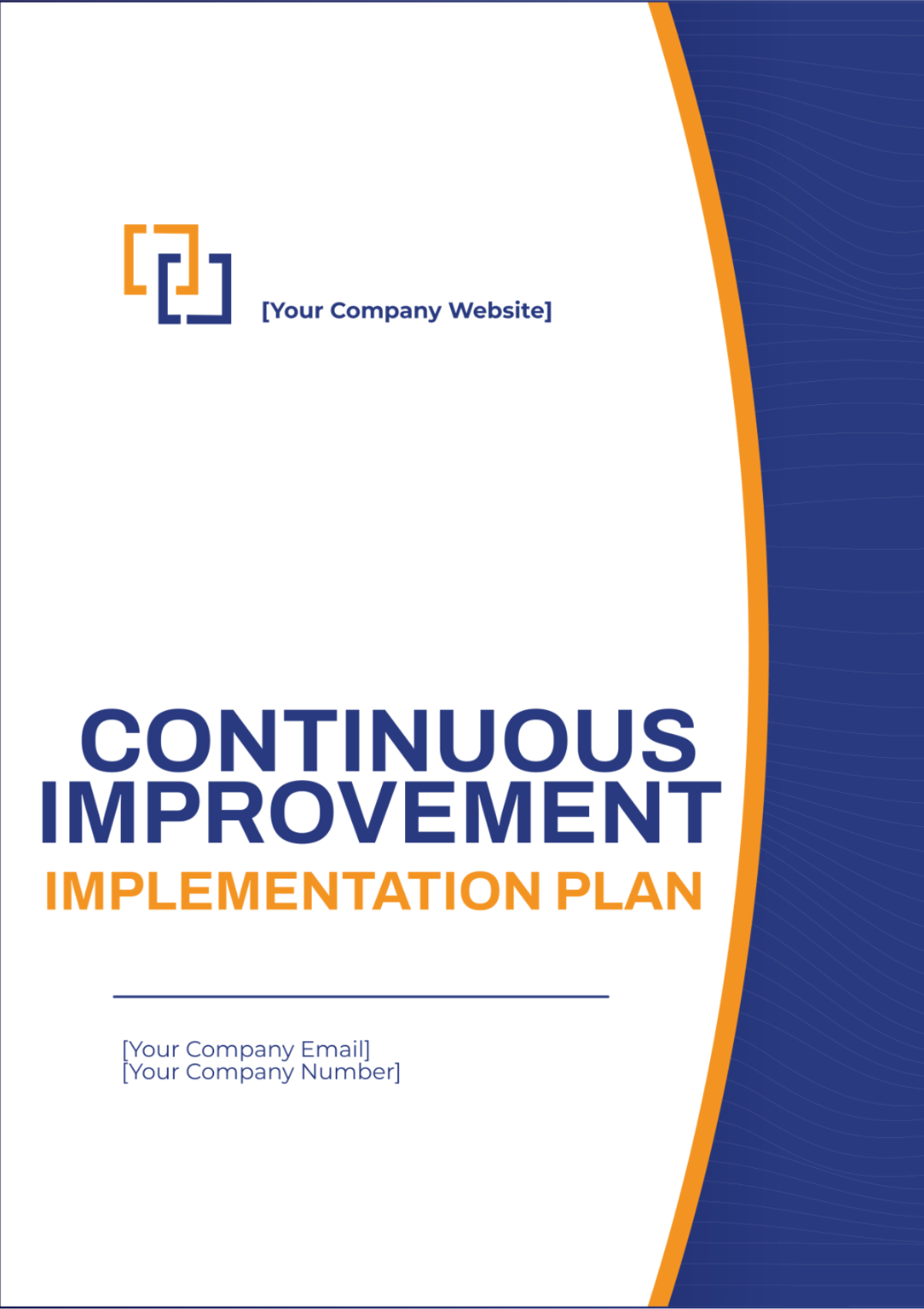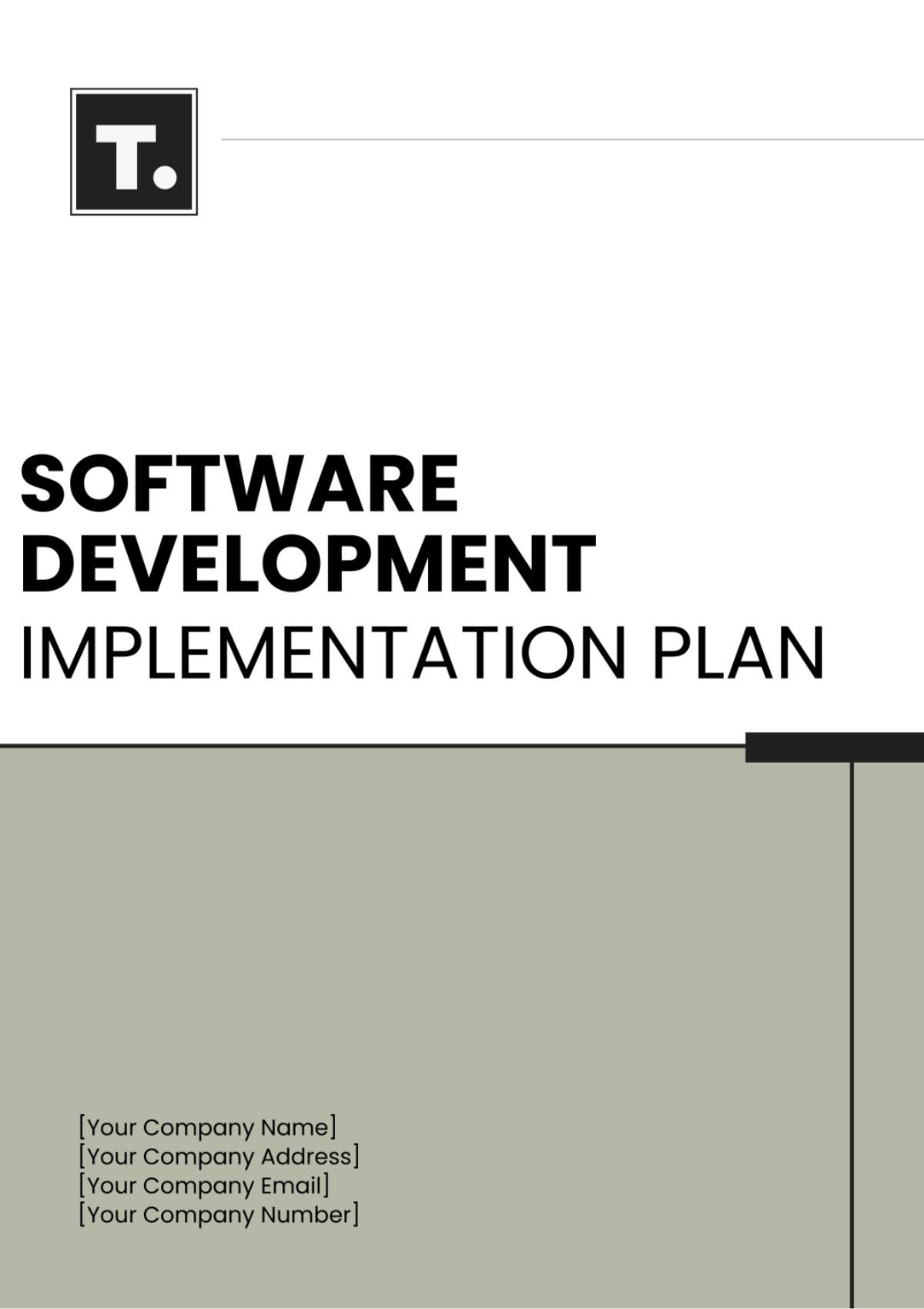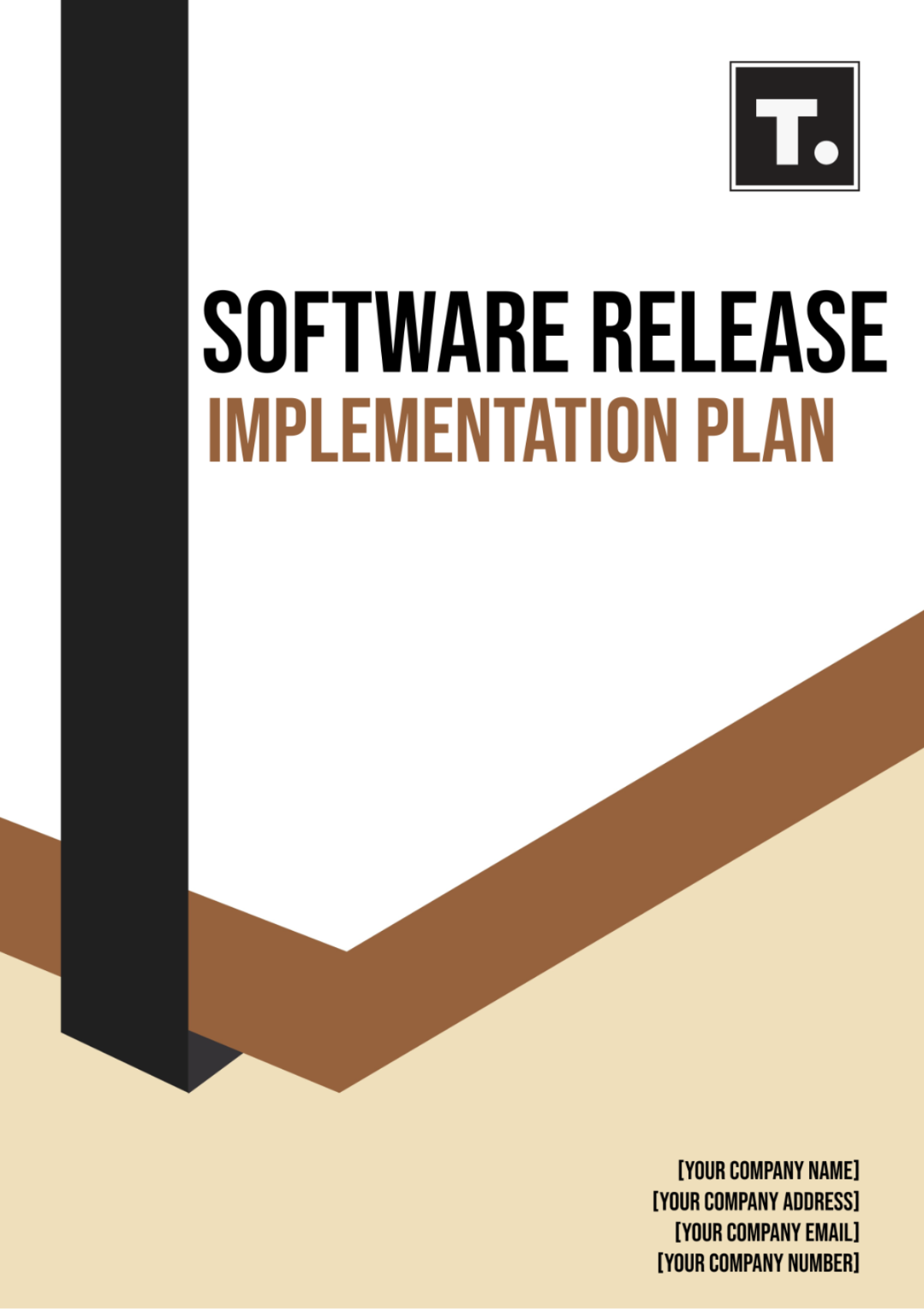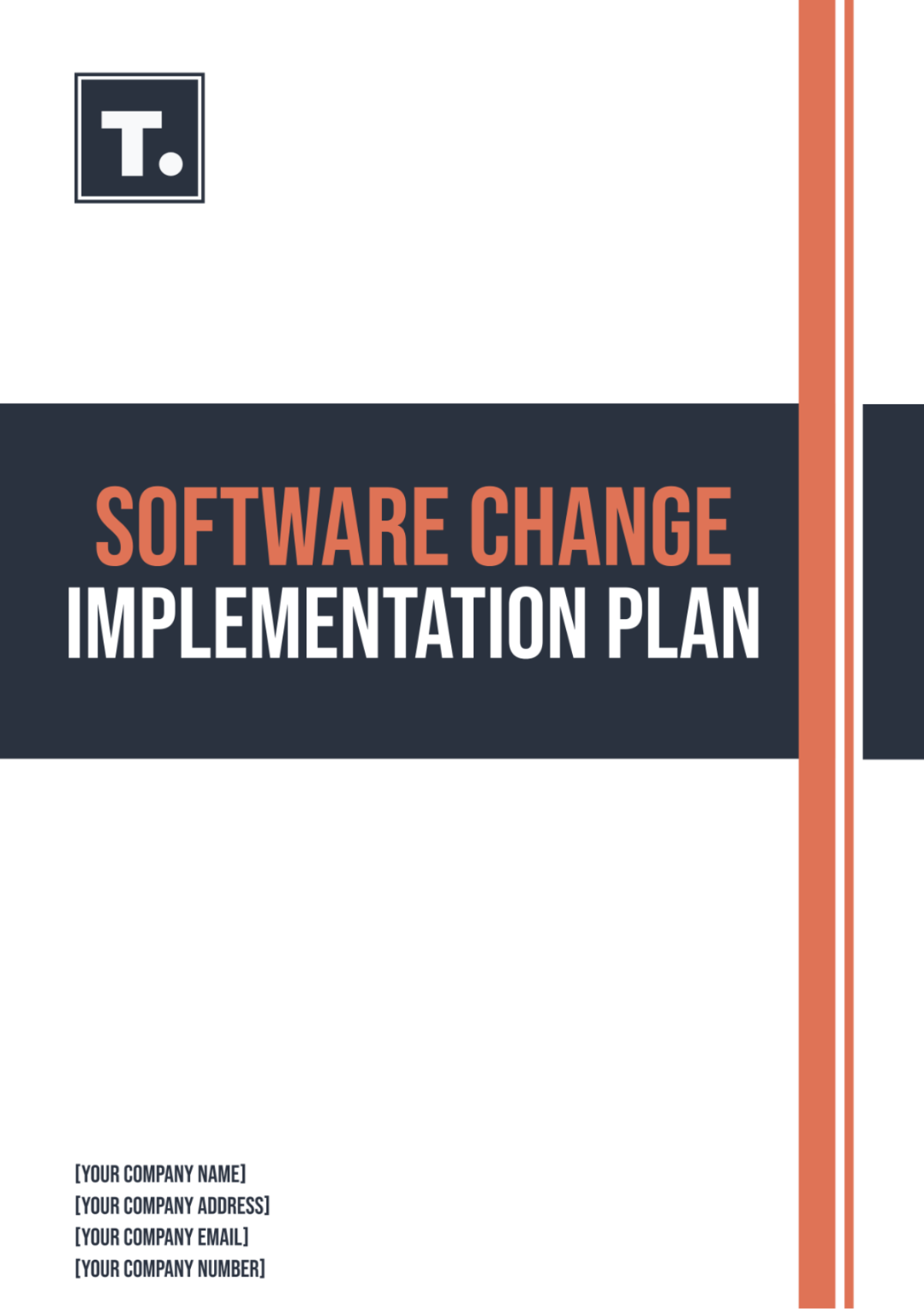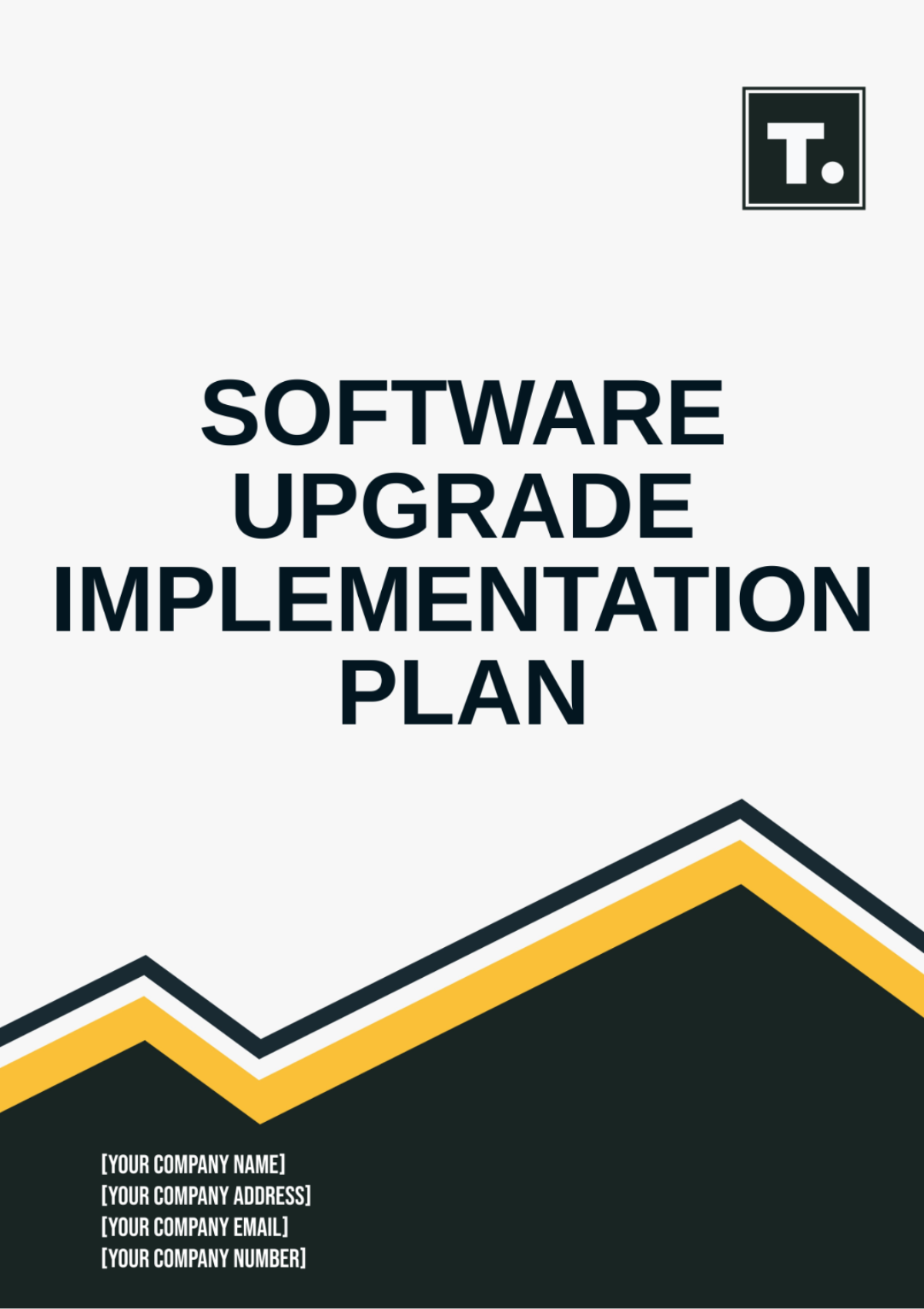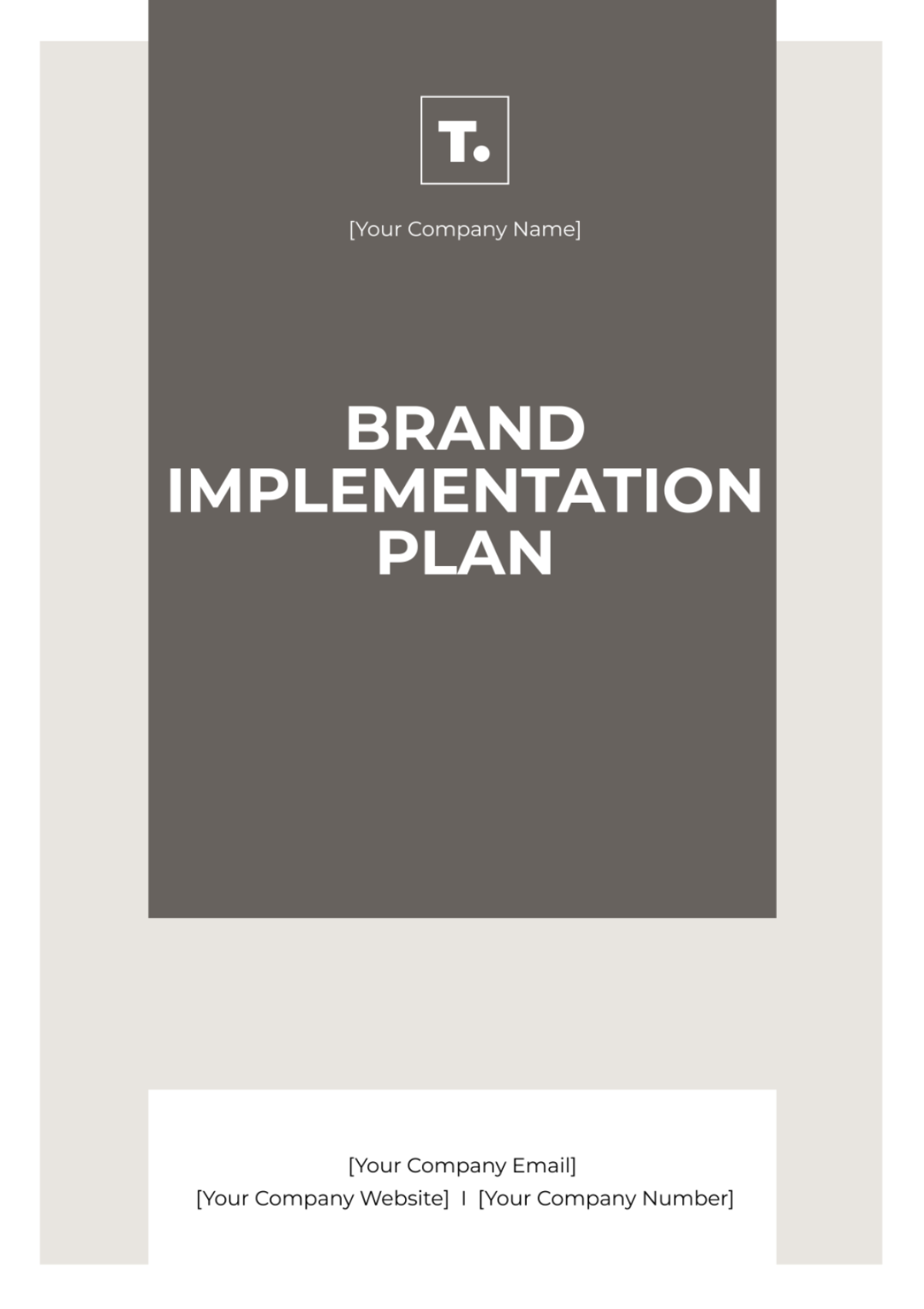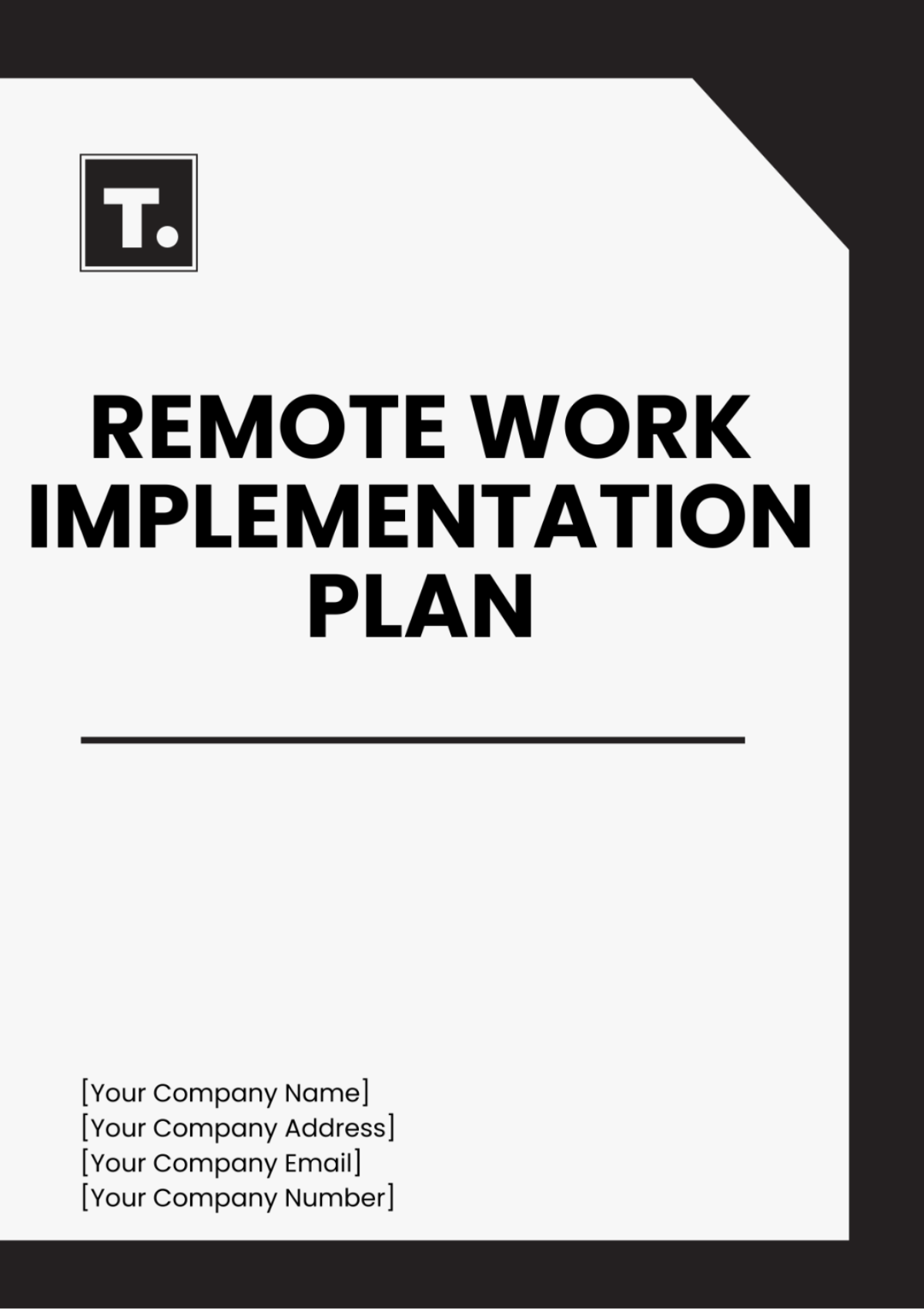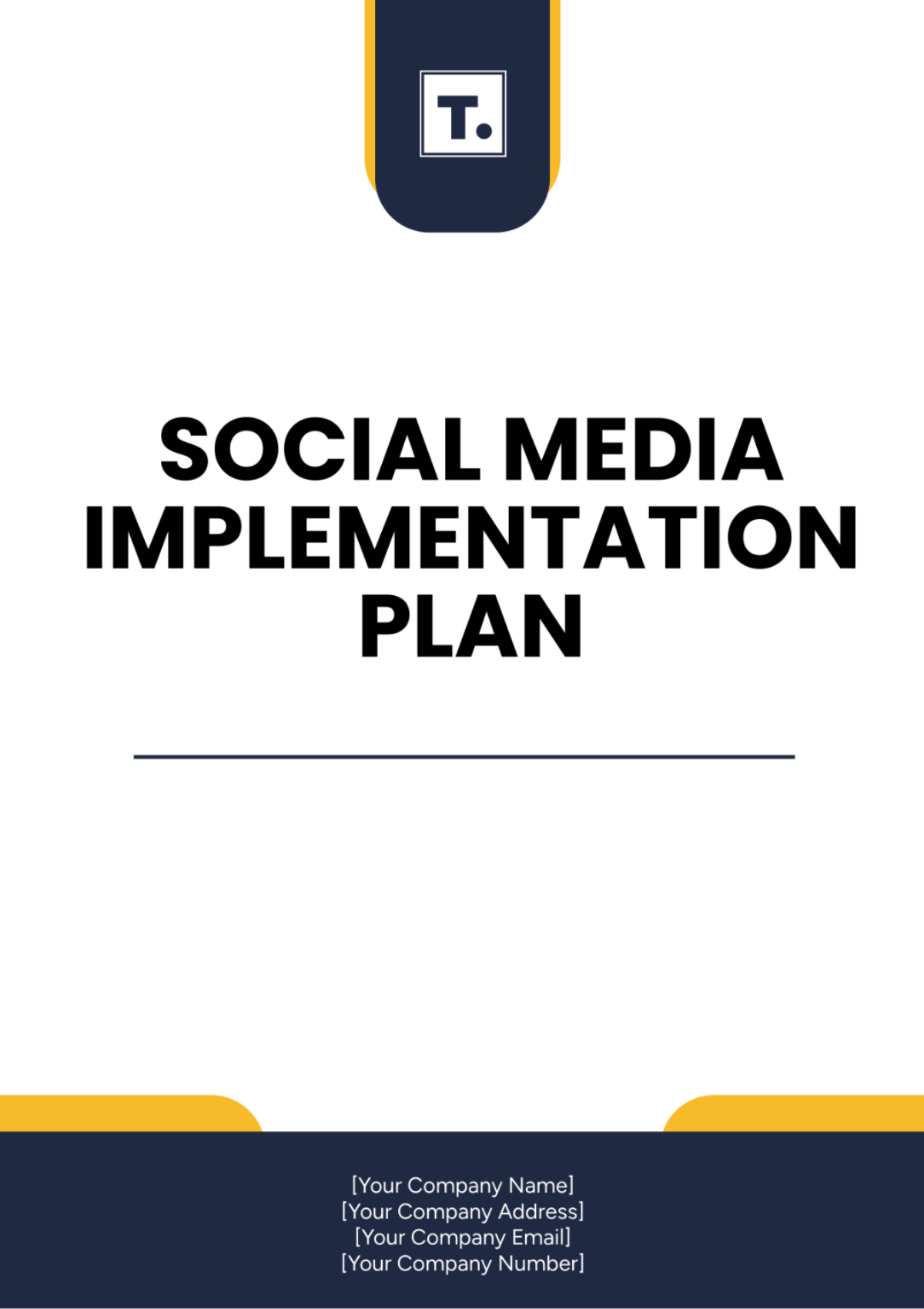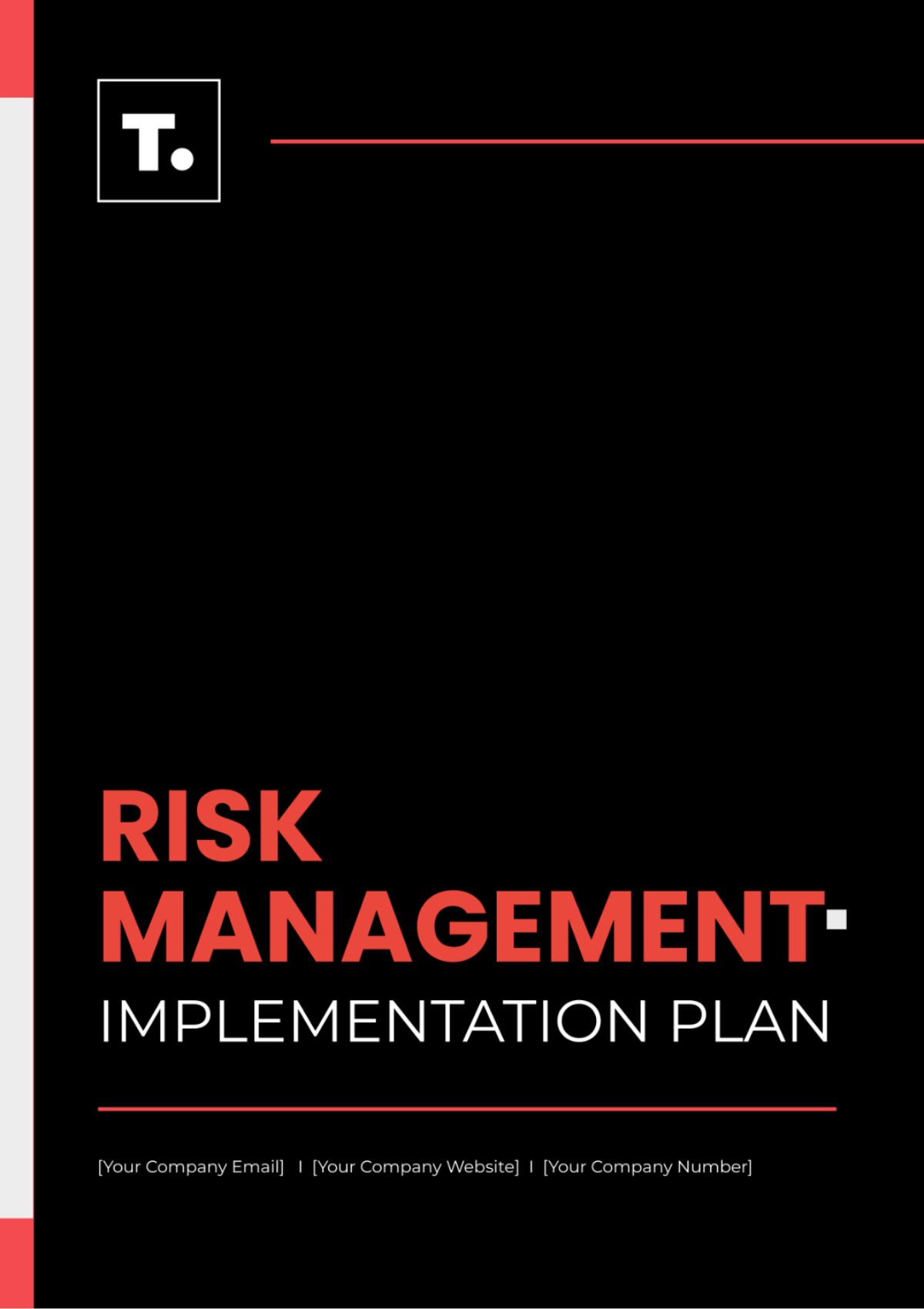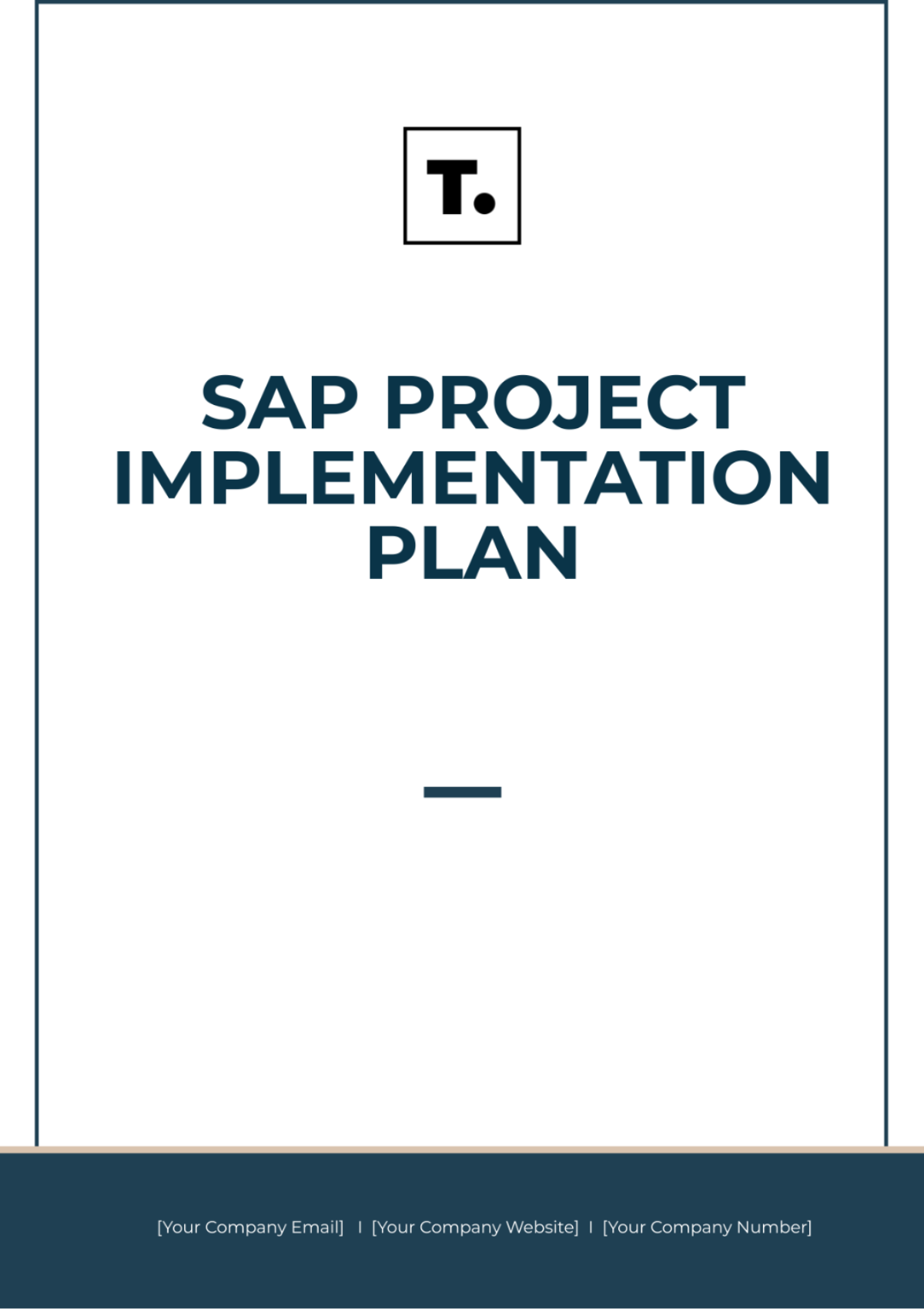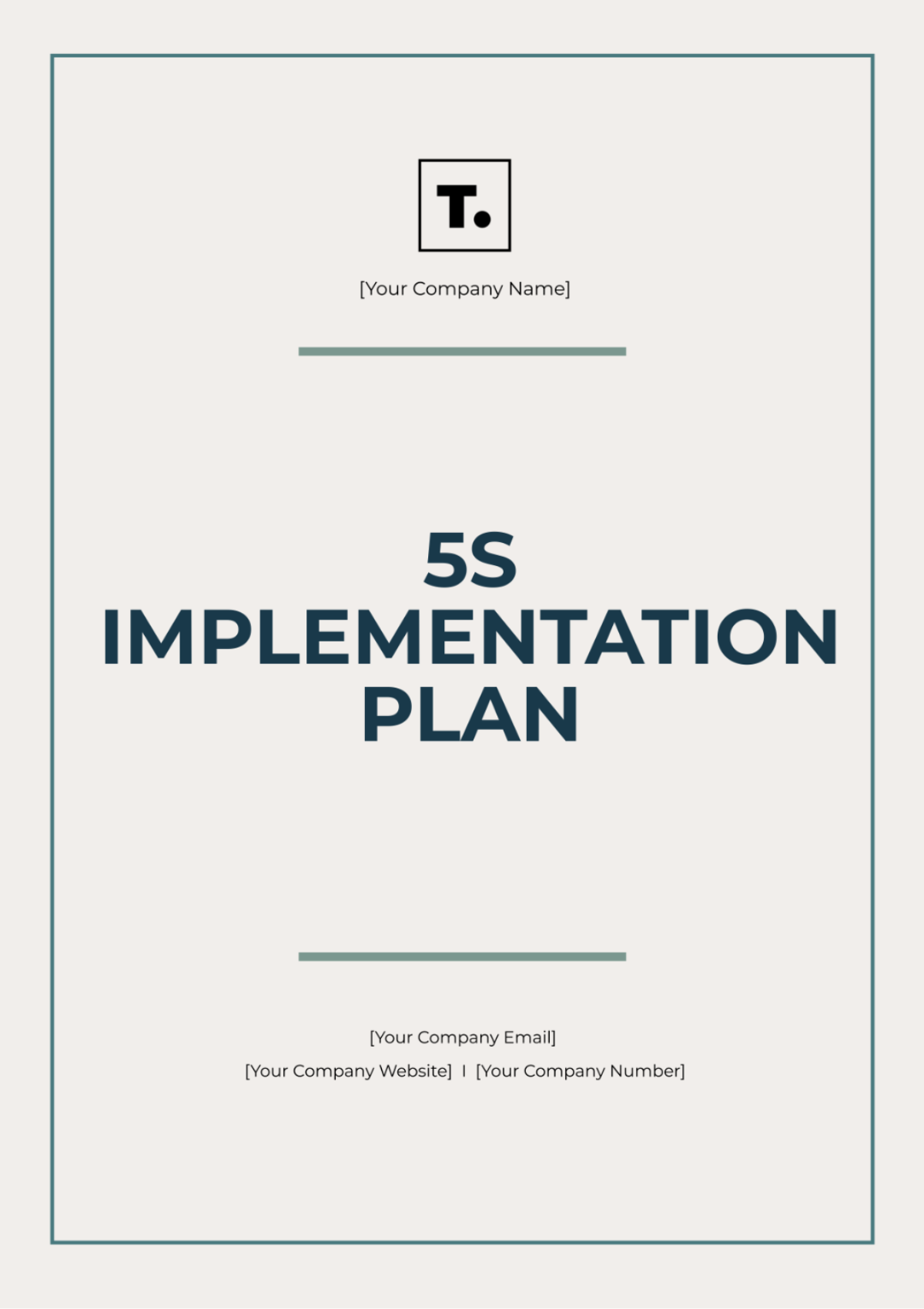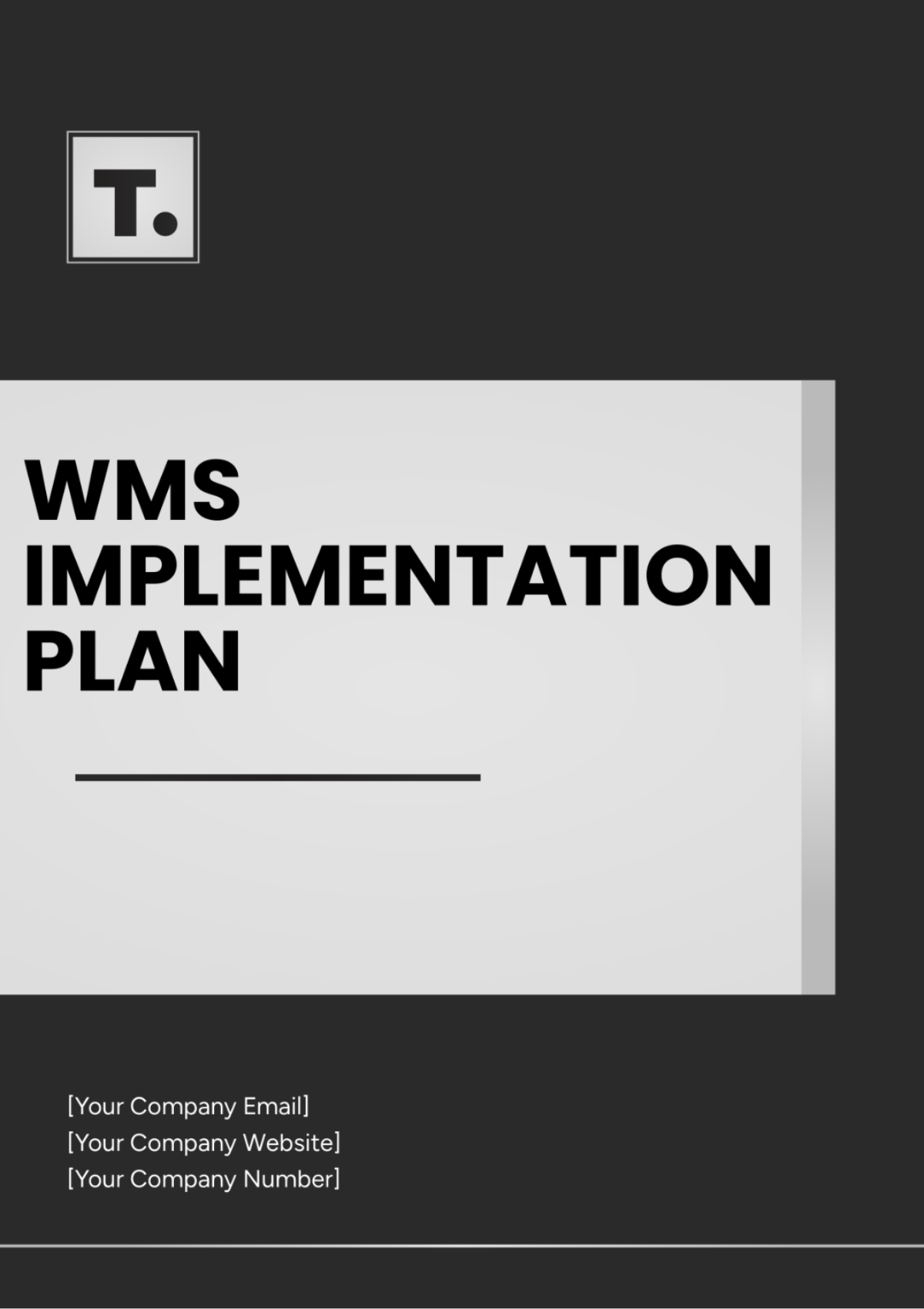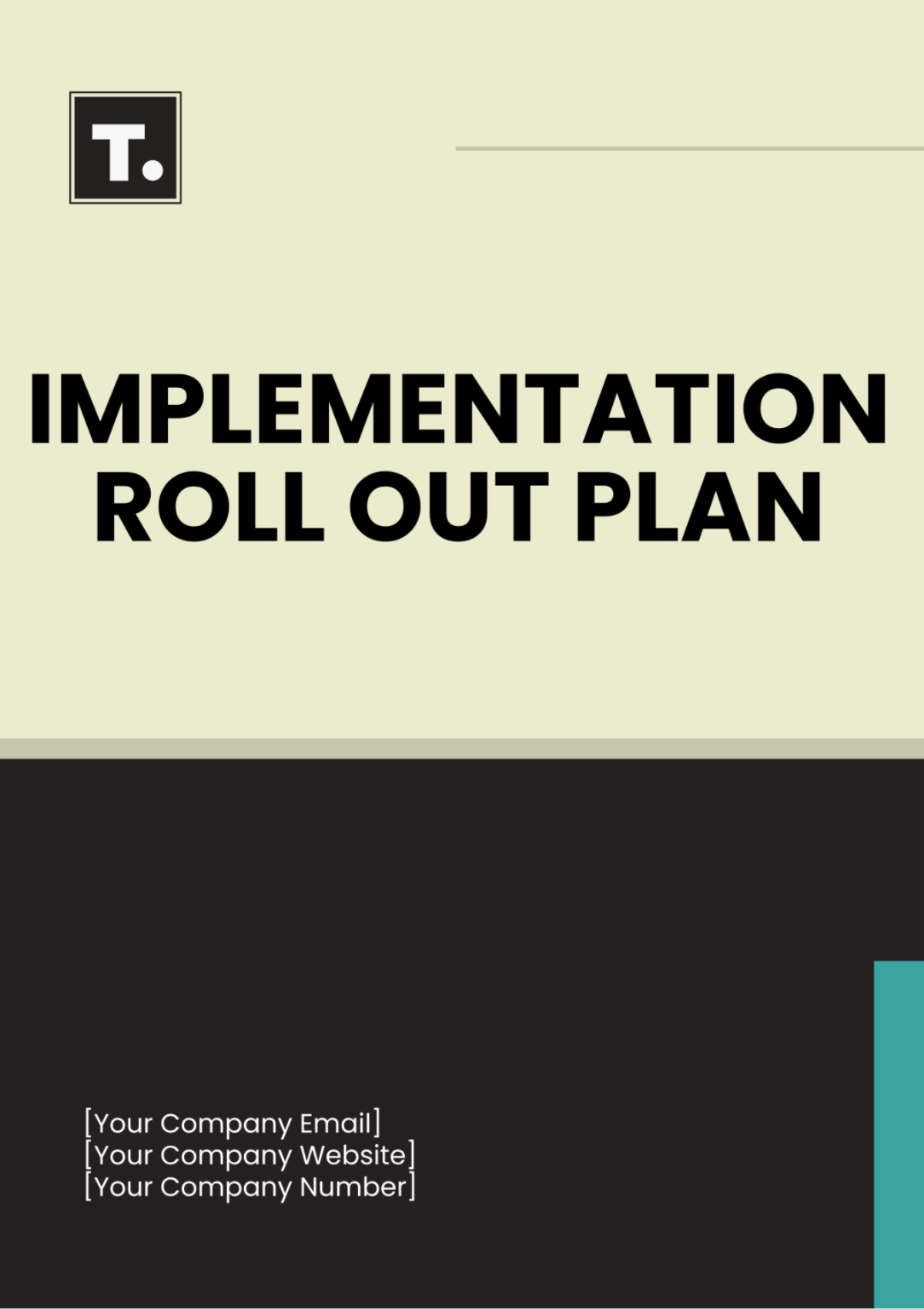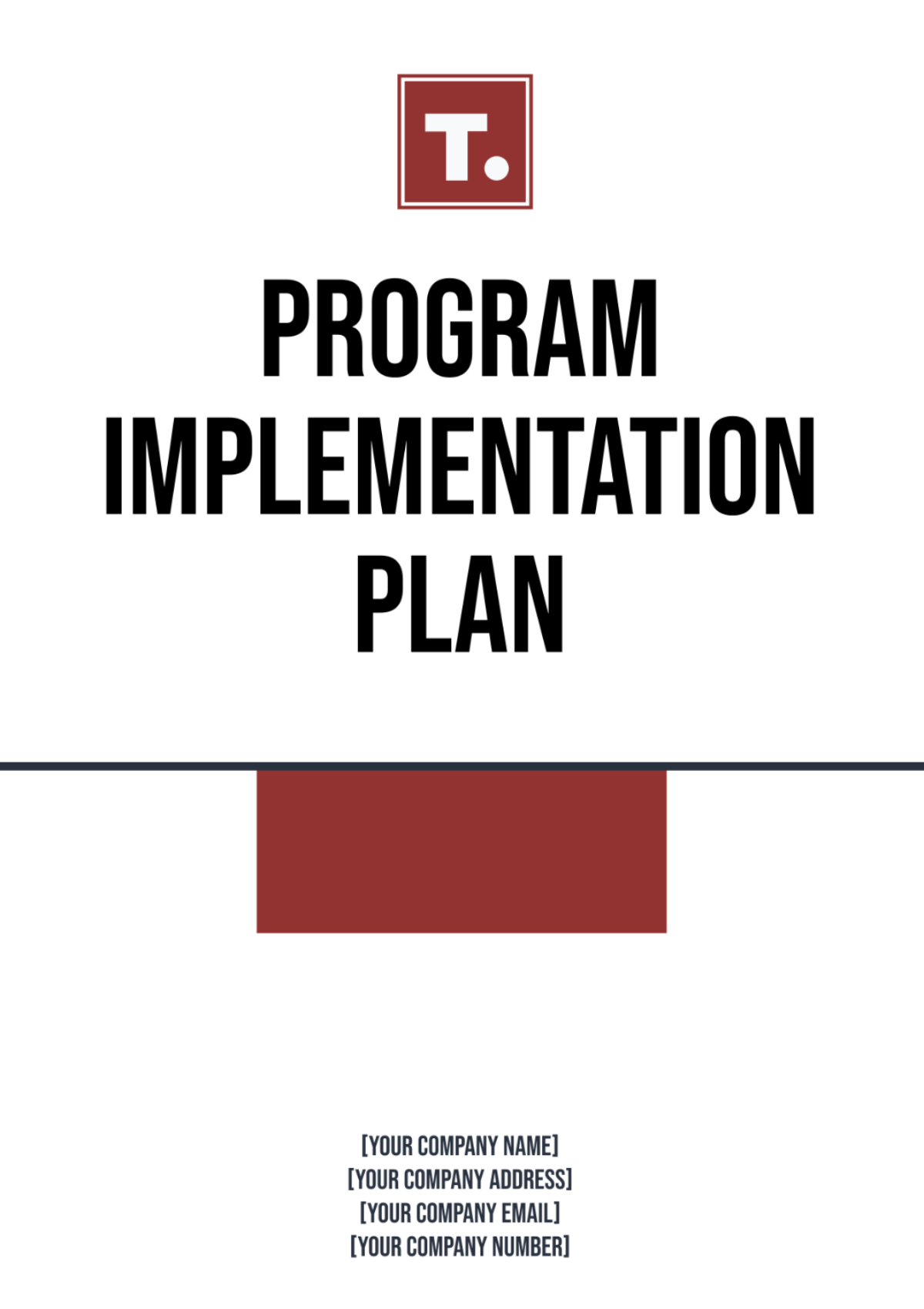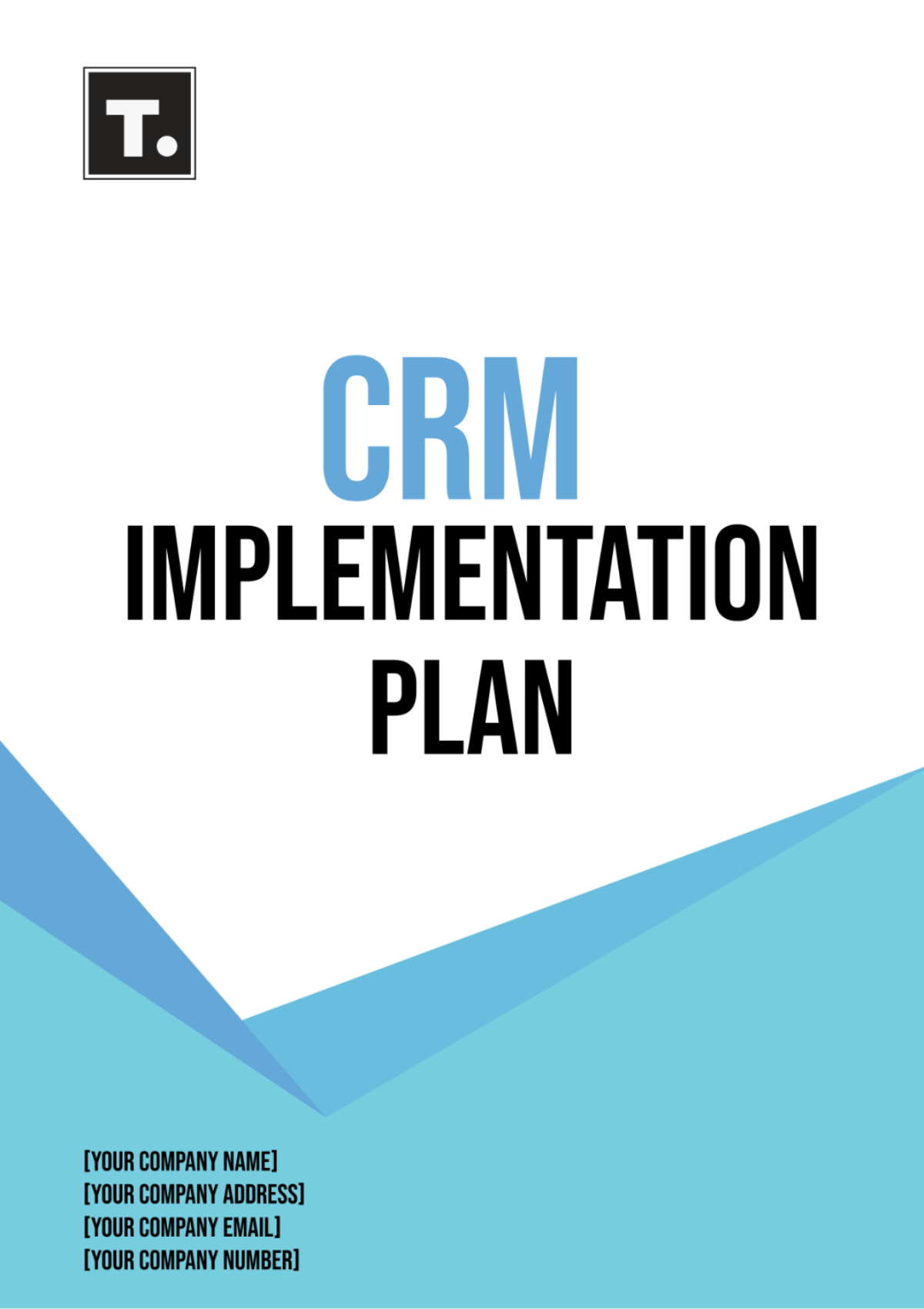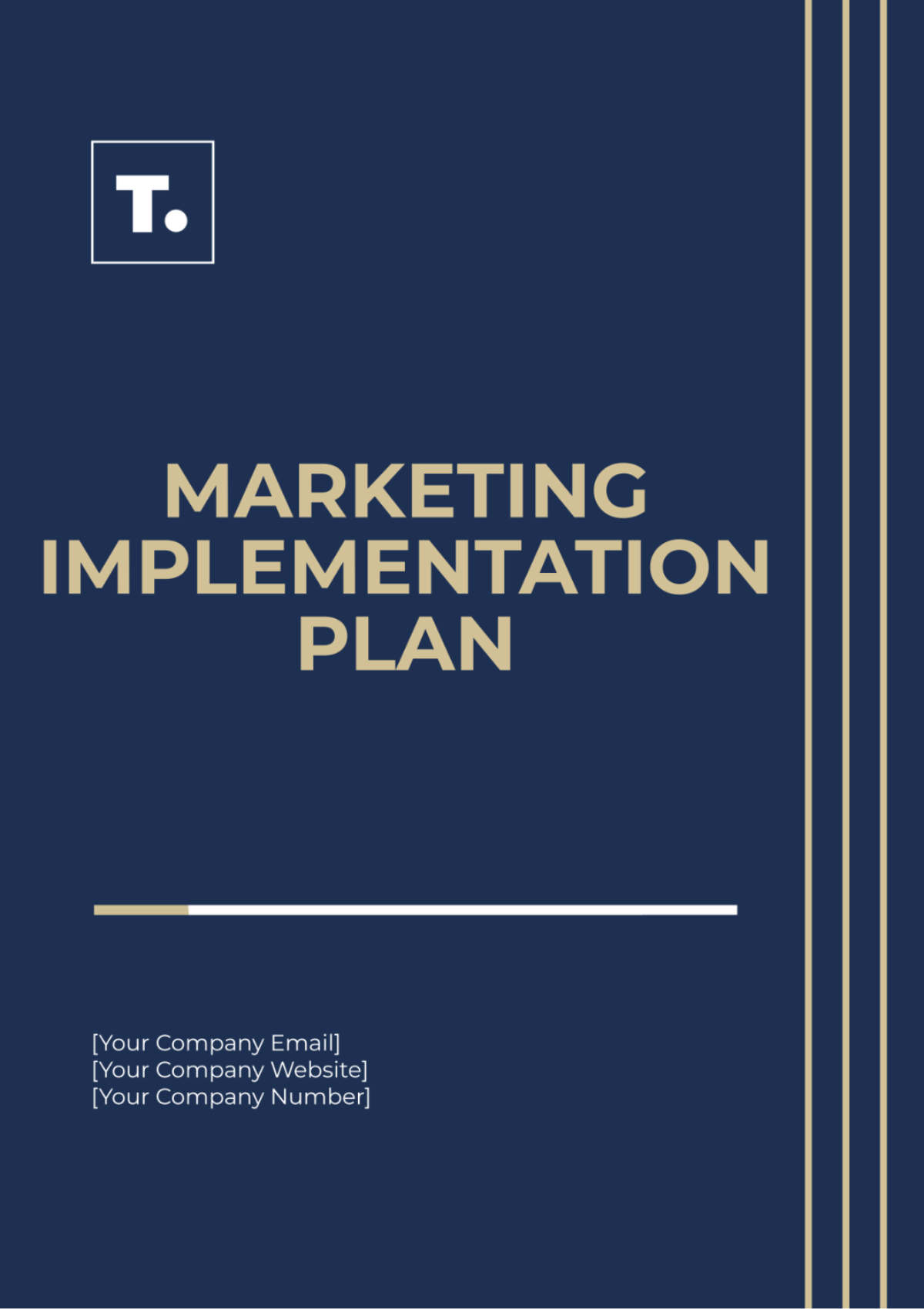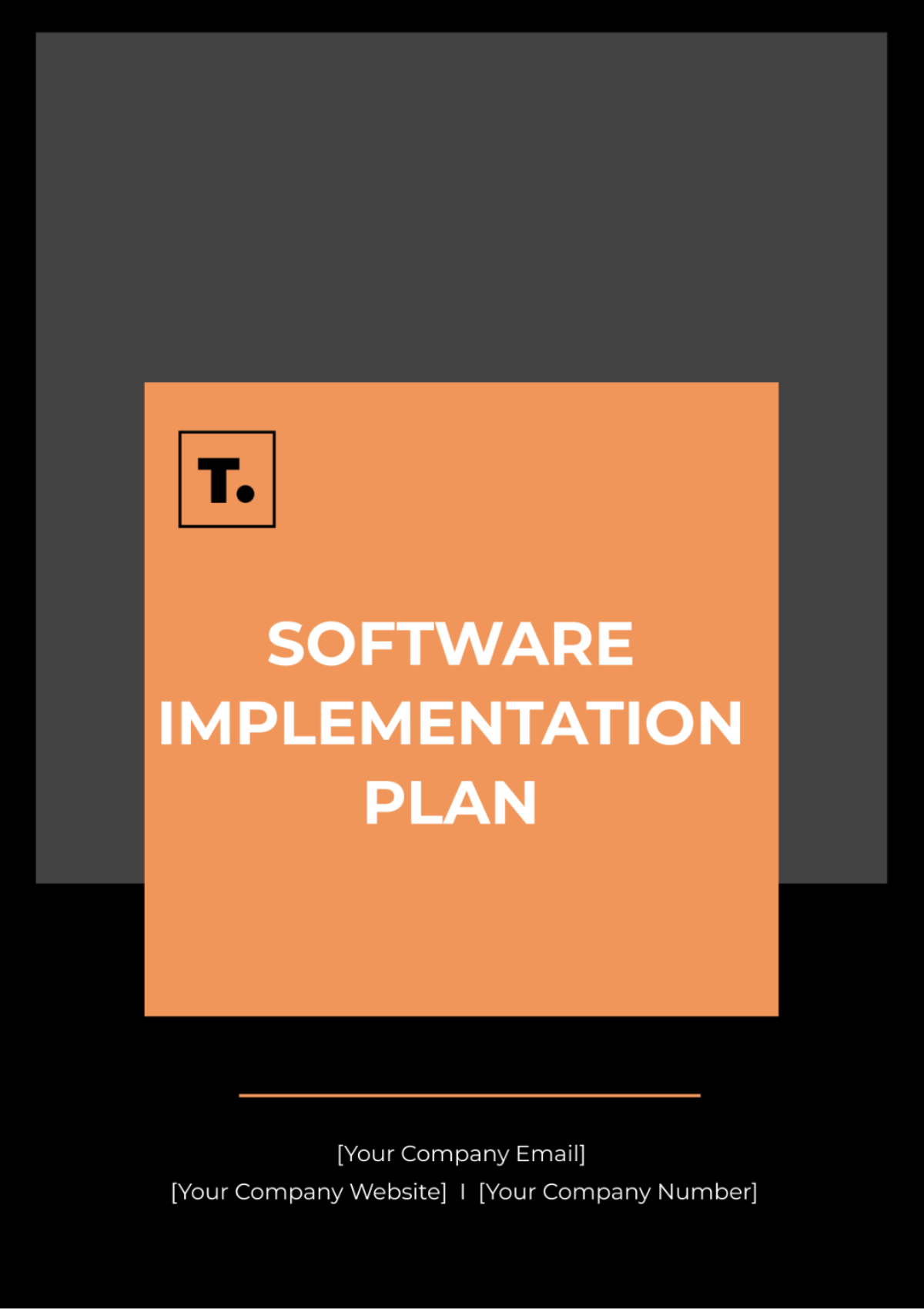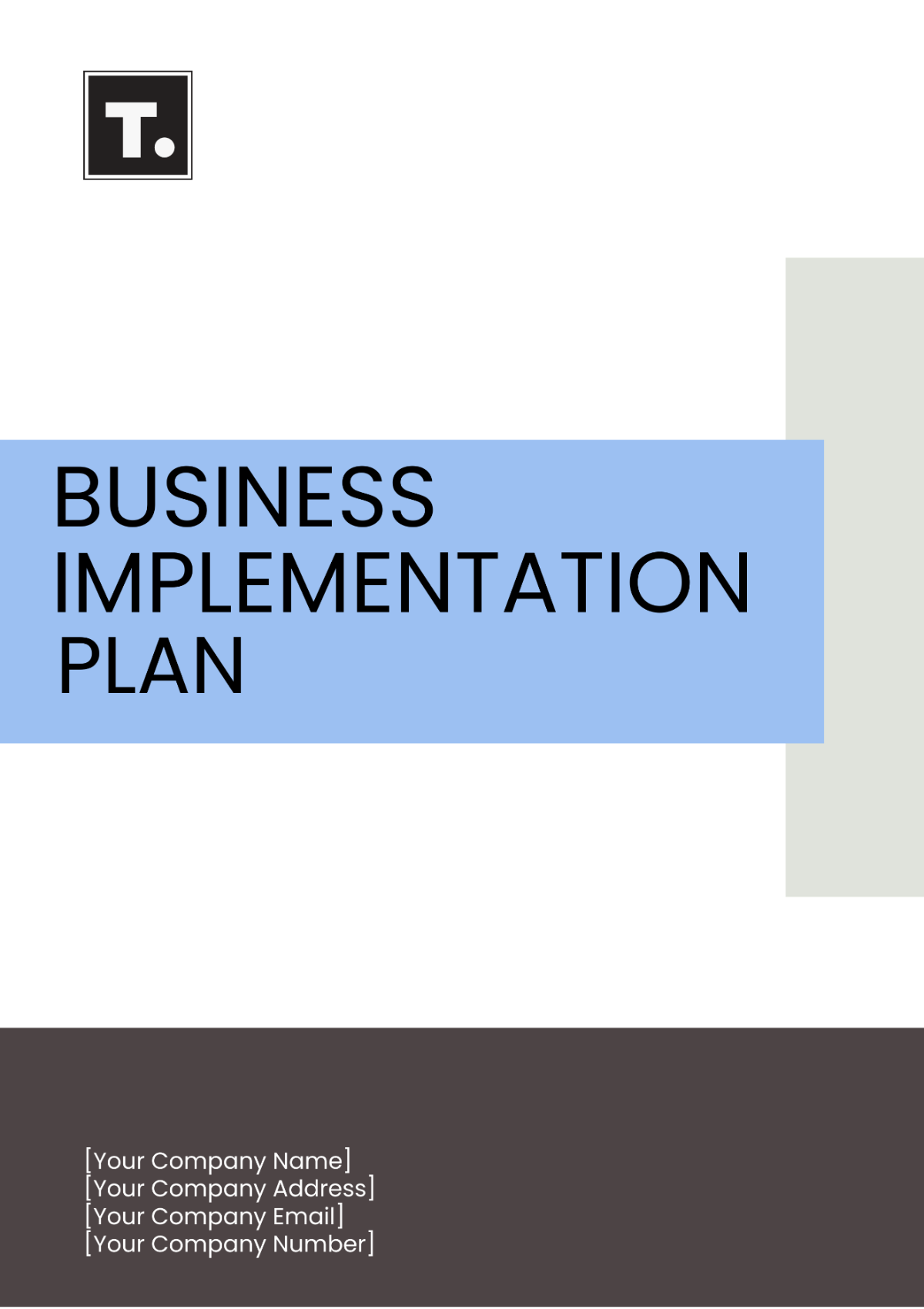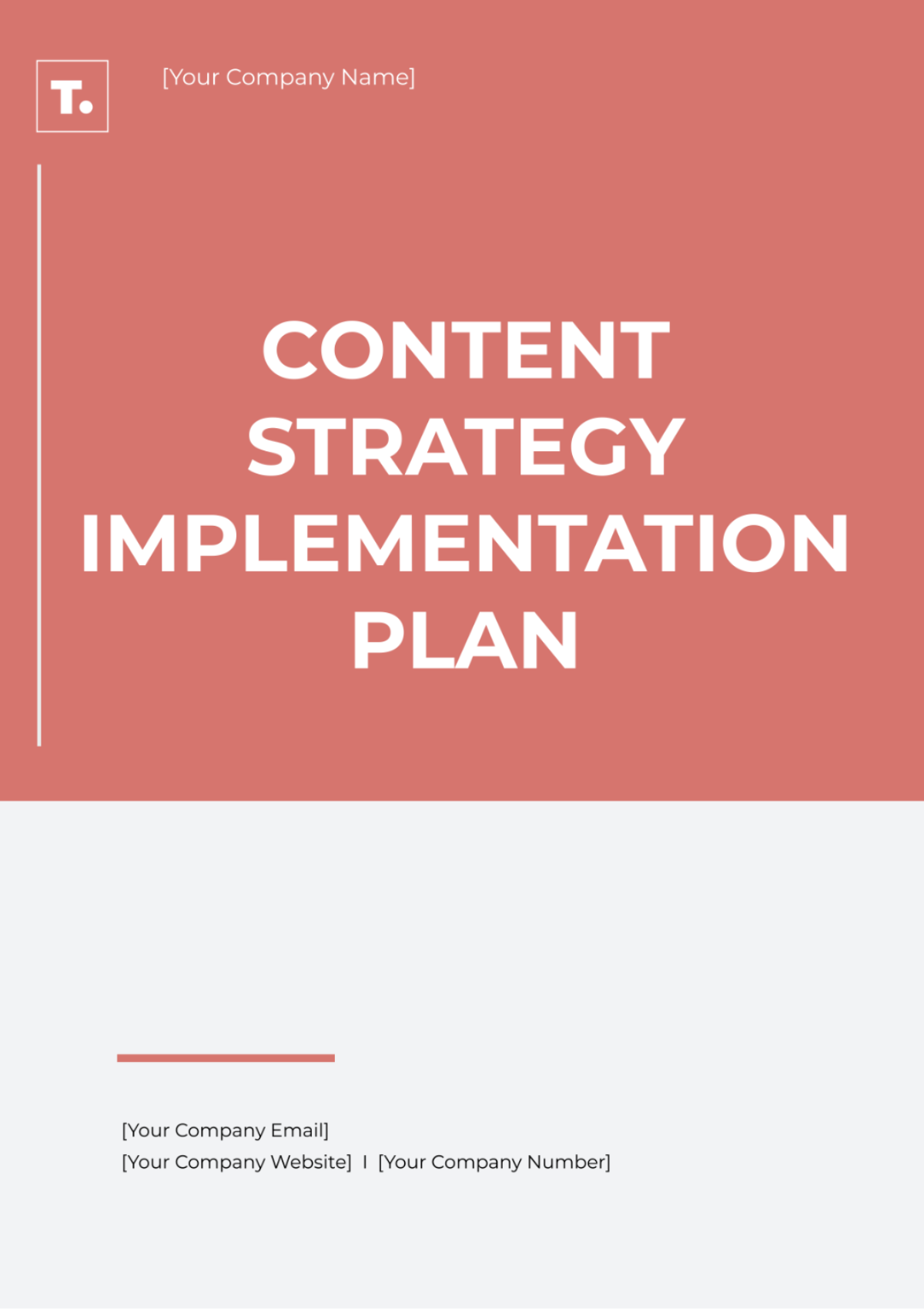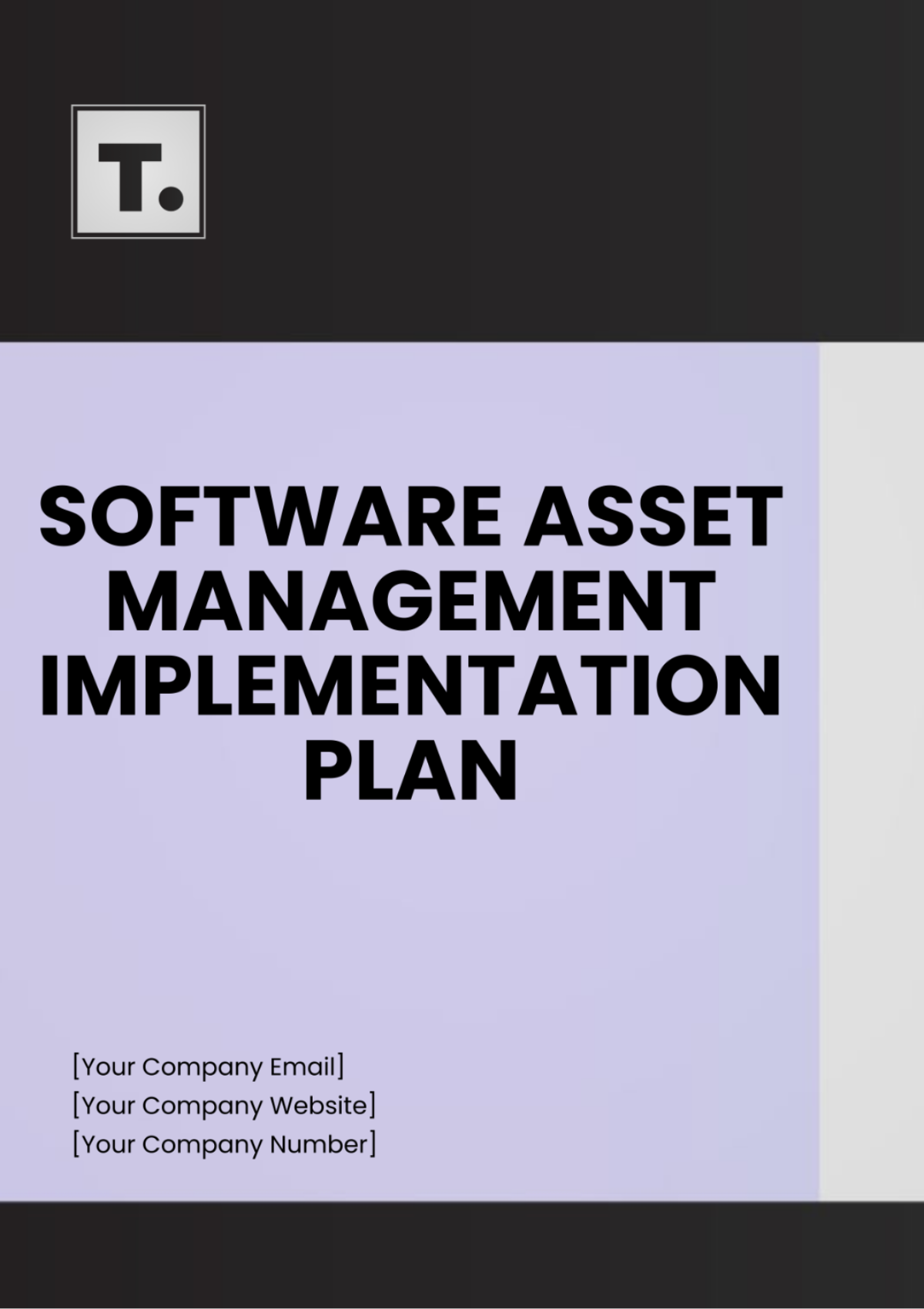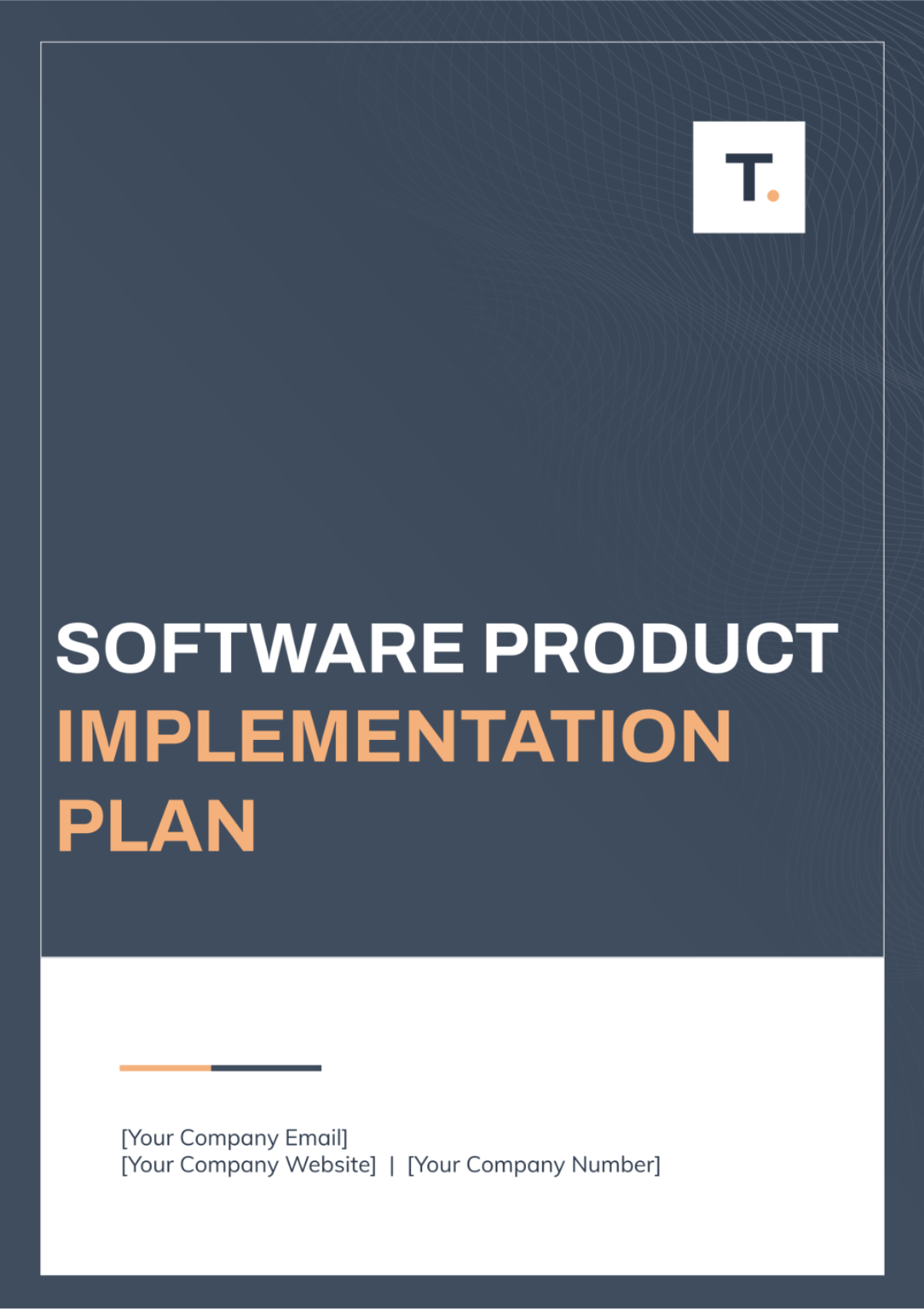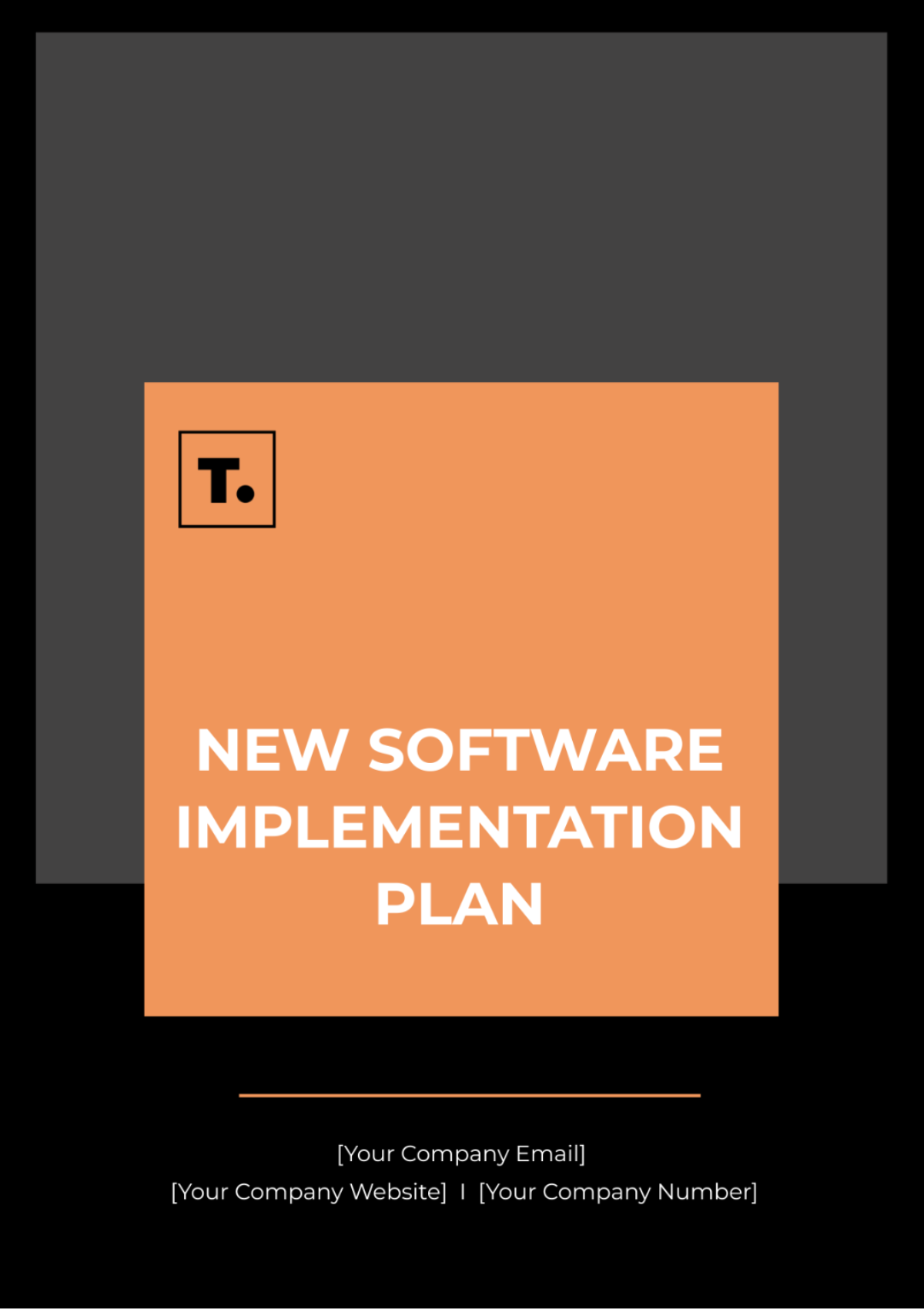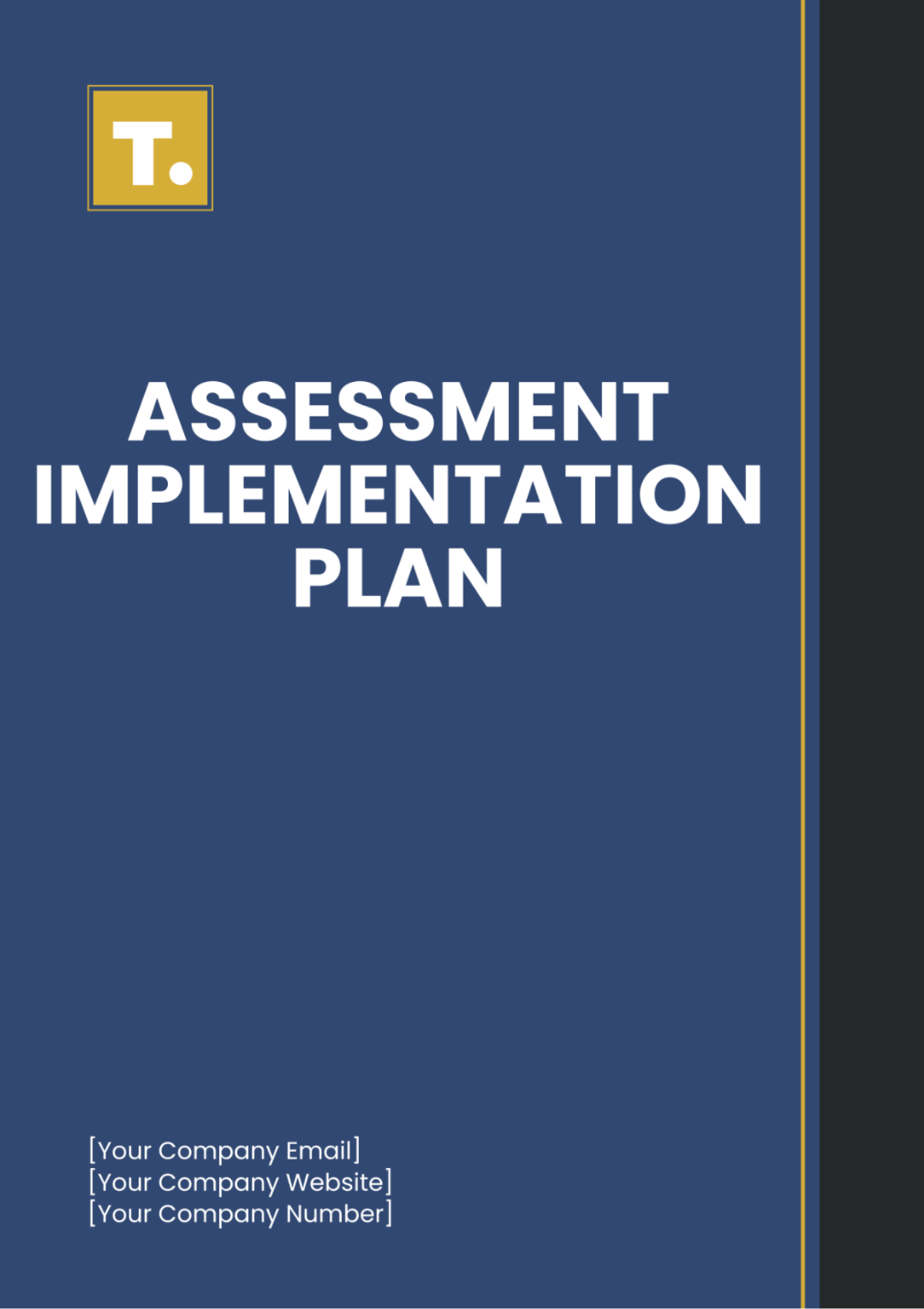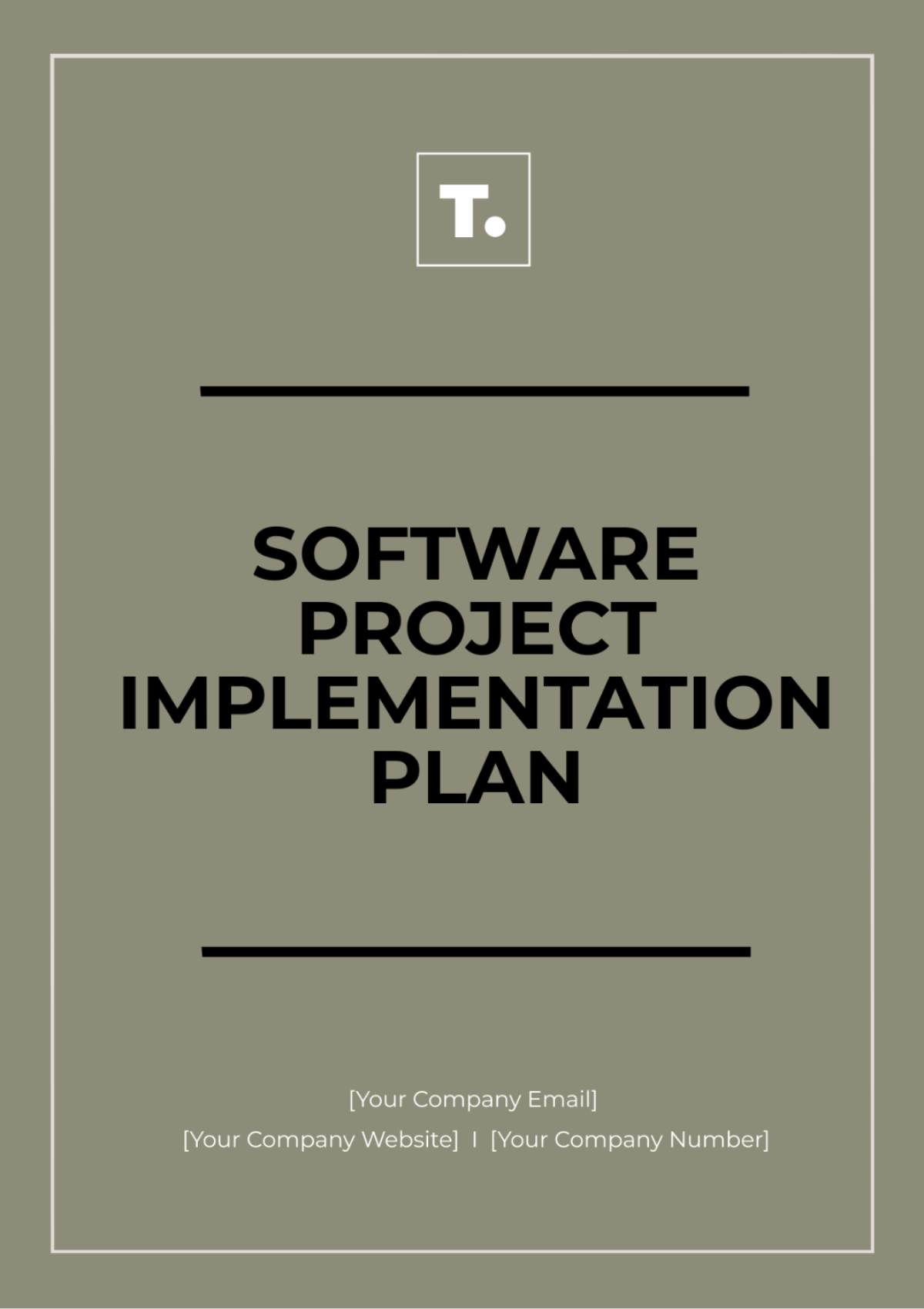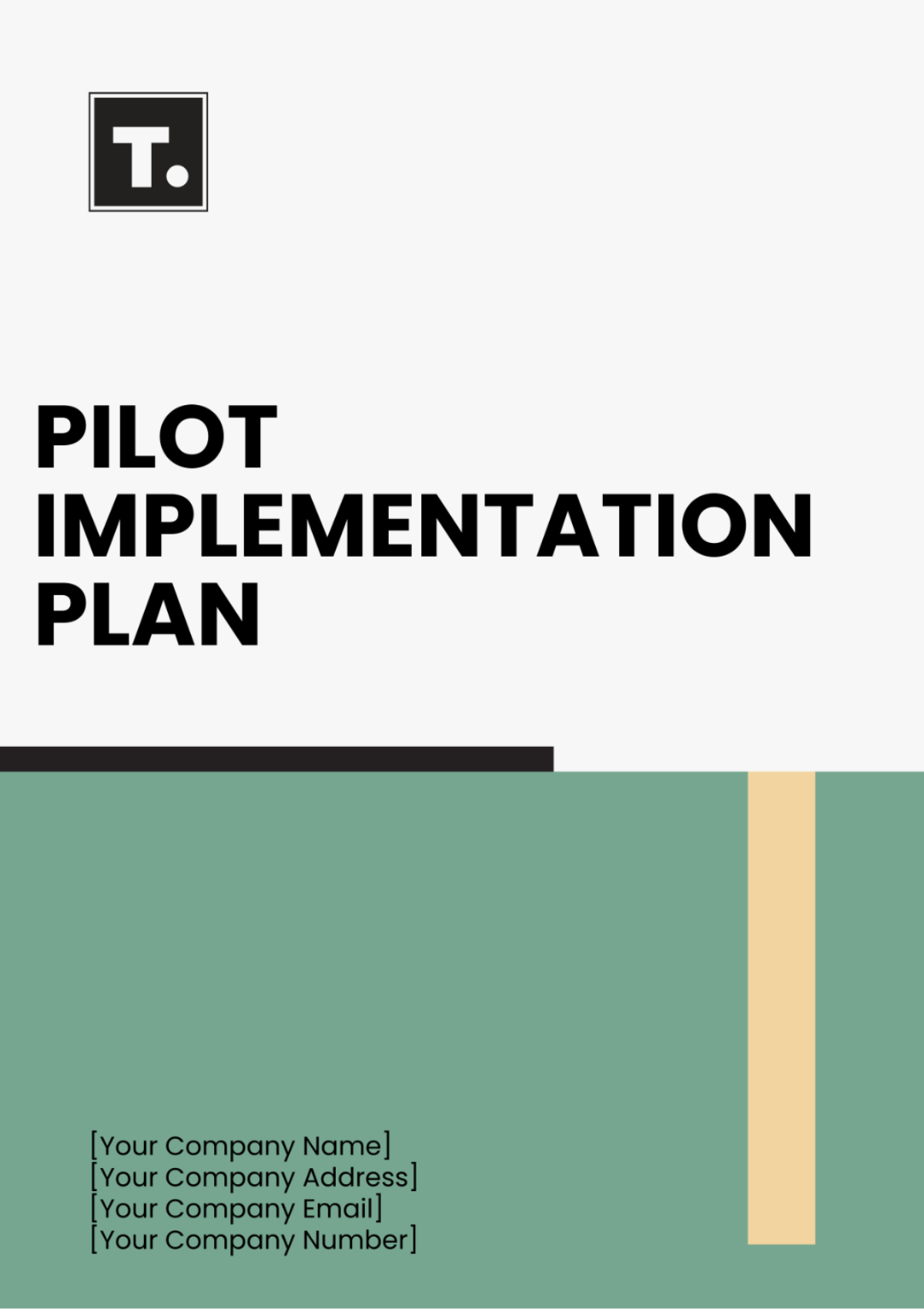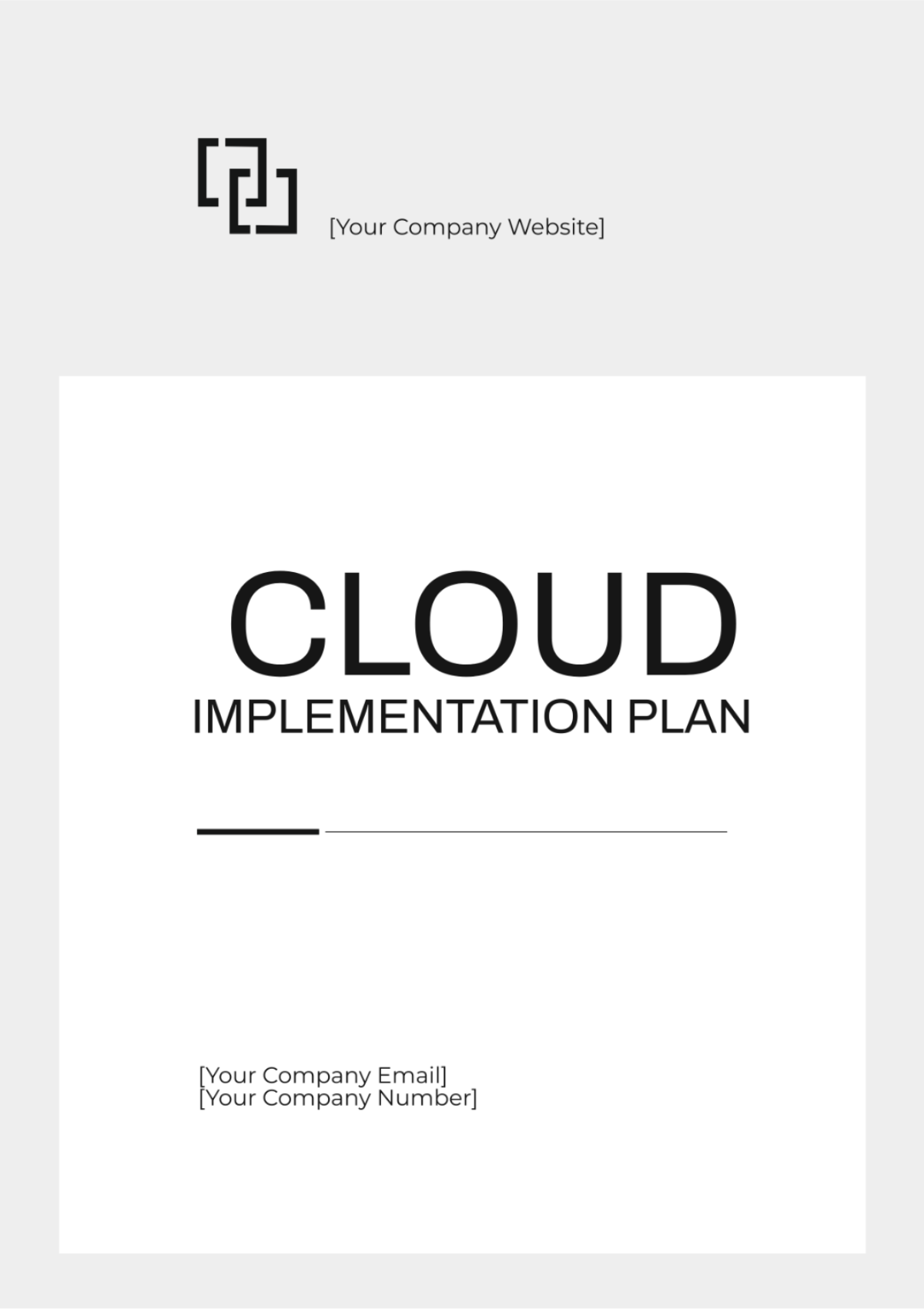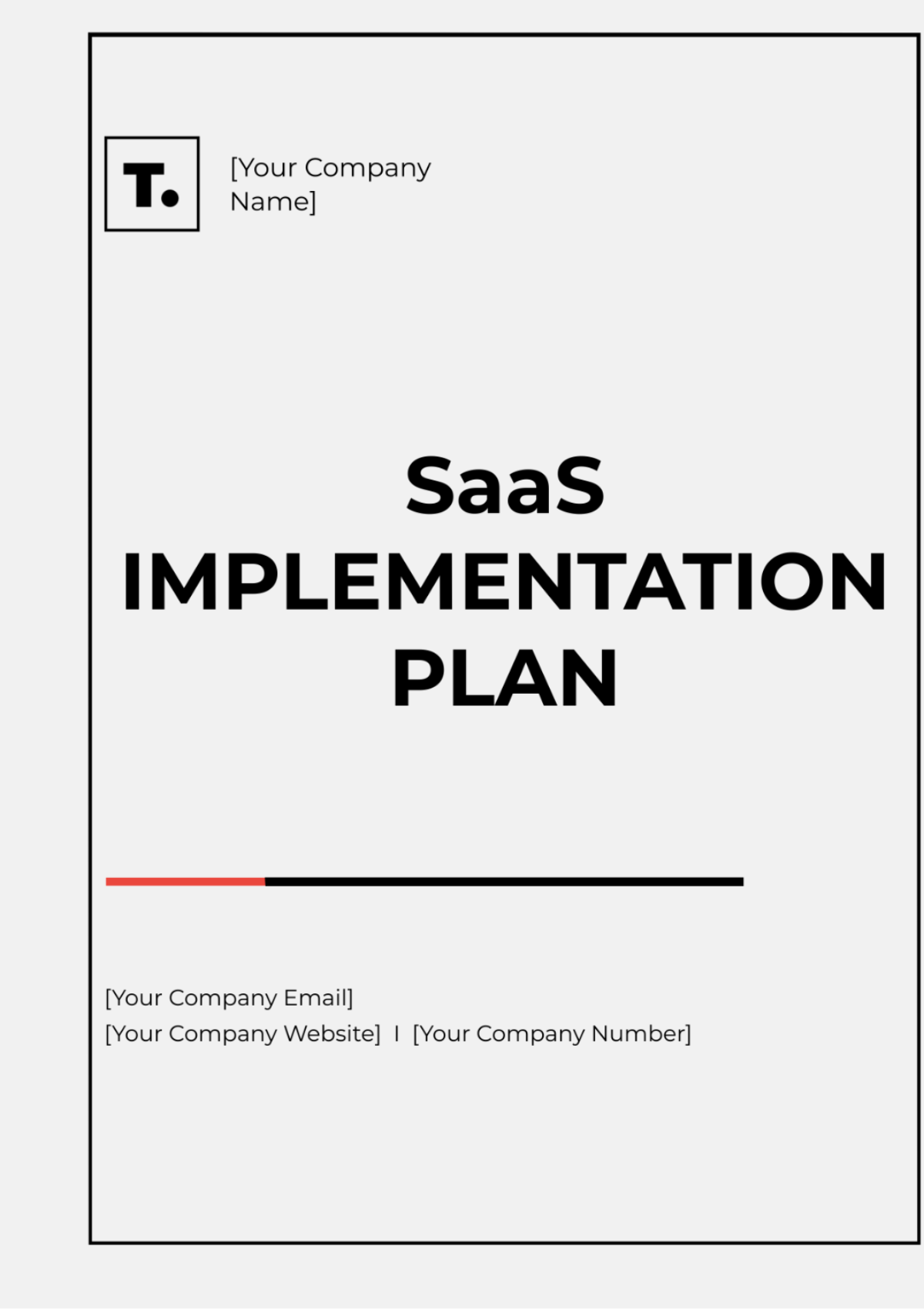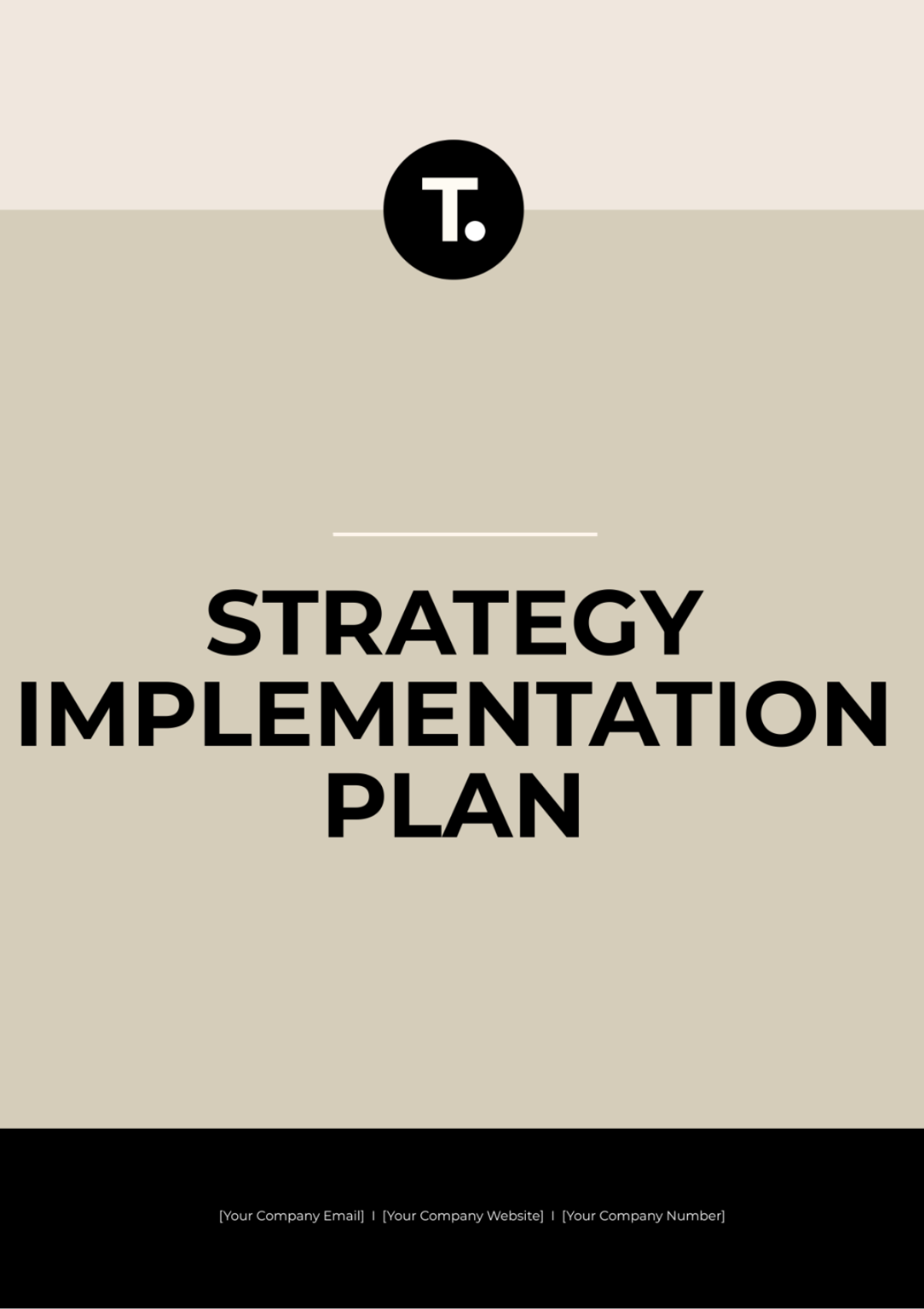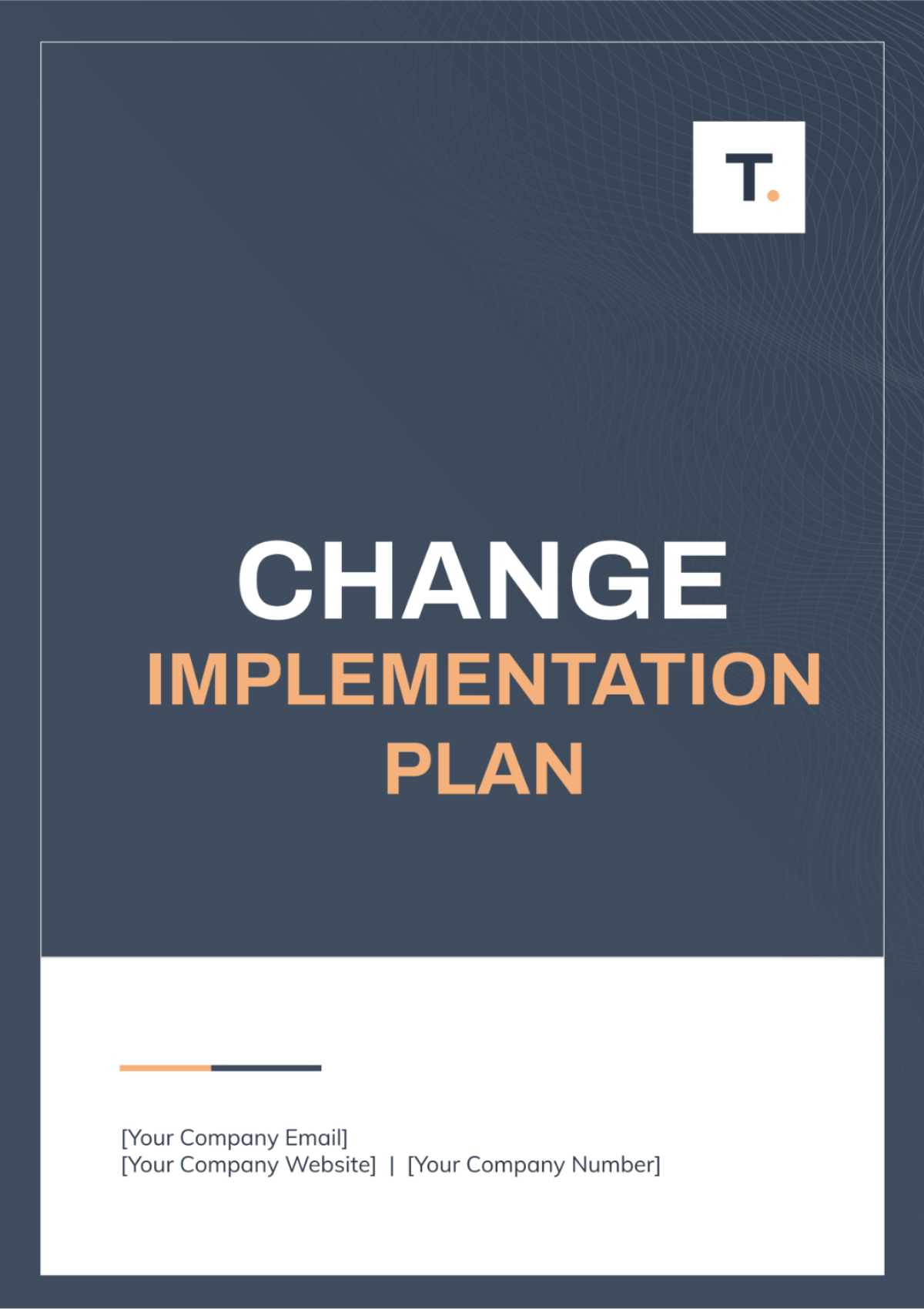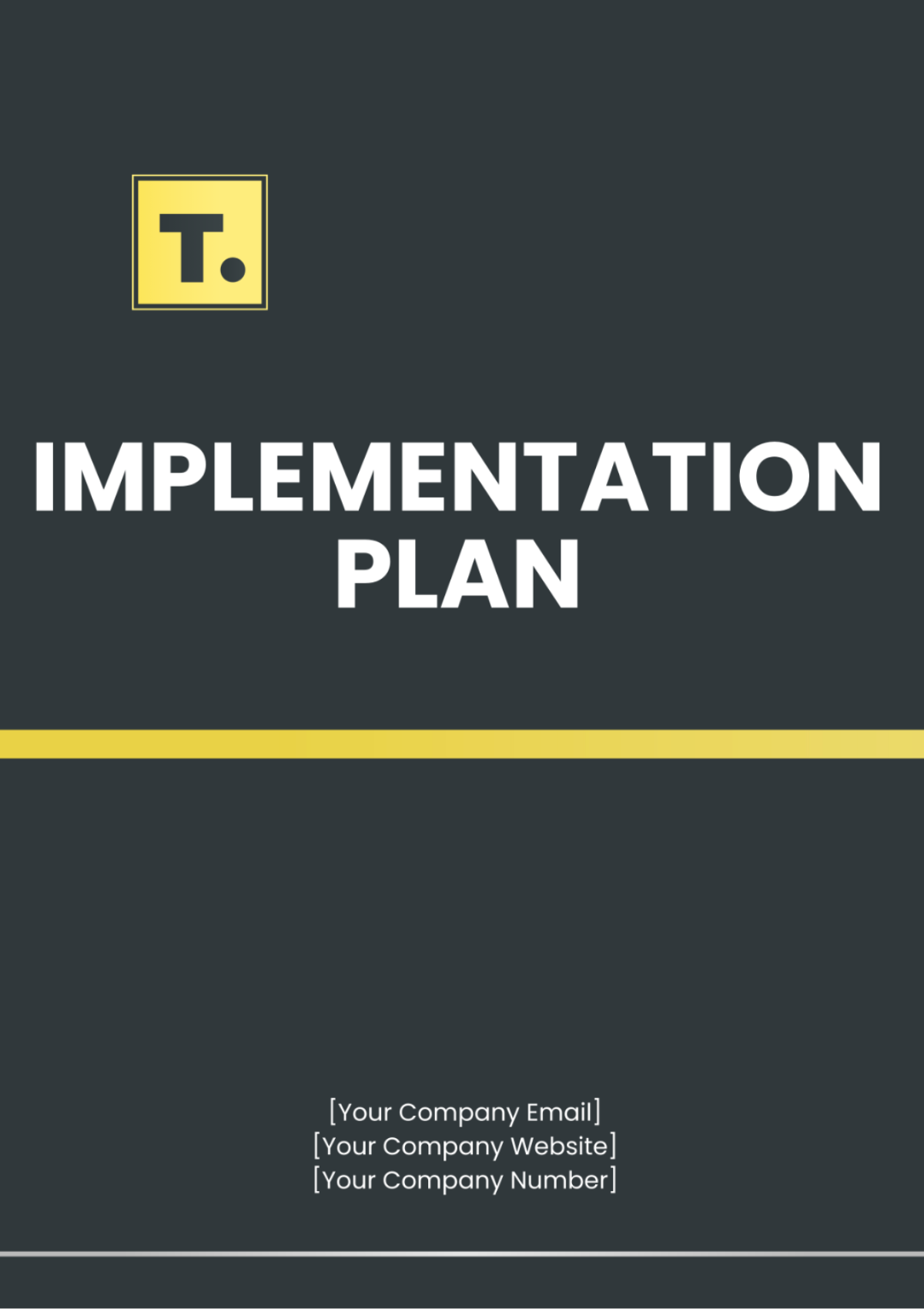Free Marketing Implementation Plan Template
Marketing Implementation Plan
Prepared by: [YOUR NAME]
Contact Email: [YOUR EMAIL]
Company Name | [YOUR COMPANY NAME] |
Name | [YOUR NAME] |
[YOUR EMAIL] | |
Address | [YOUR COMPANY ADDRESS] |
Social Media Profiles | [YOUR COMPANY SOCIAL MEDIA] |
I. Executive Summary:
This Marketing Implementation Plan outlines the coordinated approach by [YOUR COMPANY NAME] to launch new products or services. The plan covers marketing campaigns, distribution logistics, and customer support to ensure a successful product launch.
II. Introduction
Objective
Our objective is clear: to successfully launch [NEW PRODUCT/SERVICE NAME], achieving targeted sales figures while enhancing brand awareness. Through strategic marketing, distribution, and customer support, we aim to establish [YOUR COMPANY NAME] as a leader in the market while satisfying the evolving needs of our customers.
Background
Proven Track Record: [YOUR COMPANY NAME] has a history of delivering innovative solutions that exceed industry standards, showcasing a commitment to excellence and customer satisfaction.
Milestone in Innovation: The launch of [NEW PRODUCT/SERVICE NAME] marks another significant milestone in our journey of innovation and growth, demonstrating our ongoing dedication to pushing boundaries and meeting evolving market needs.
Strategic Vision: Aligned with our strategic vision to expand market share and cater to changing customer demands, the introduction of [NEW PRODUCT/SERVICE NAME] underscores our commitment to remaining at the forefront of our industry.
Leveraging Expertise: By leveraging our expertise, resources, and passion for innovation, we aim to not only meet but exceed customer expectations, driving sustainable growth and success for [YOUR COMPANY NAME].
Customer-Centric Approach: Our focus remains firmly on meeting and exceeding customer expectations, ensuring that [NEW PRODUCT/SERVICE NAME] delivers value and meets the diverse needs of our customers.
Key Stakeholders
[YOUR COMPANY NAME] Marketing Team
Product Development Team
Sales Team
Customer Support Team
Distribution Partners
III. Launch Strategy
Marketing Campaigns
Digital Marketing
Social Media: Utilize [YOUR COMPANY SOCIAL MEDIA PLATFORMS] to engage potential customers with interactive content like polls and Q&A sessions.
Email Marketing: Run targeted email campaigns to existing and potential customers, emphasizing [NEW PRODUCT/SERVICE NAME]'s unique features and benefits.
SEO and Content Marketing: Optimize [YOUR COMPANY WEBSITE] content to improve search visibility and drive organic traffic by addressing customer pain points.
Traditional Marketing
Print Media: Advertise [NEW PRODUCT/SERVICE NAME] in industry magazines and newspapers for broader reach and awareness.
Events: Participate in industry conferences and trade shows to showcase [NEW PRODUCT/SERVICE NAME] through presentations and product demos to generate leads.
IV. Distribution Logistics
Distribution Channels
Online Sales: Make [YOUR COMPANY WEBSITE] available for purchase directly through [YOUR COMPANY WEBSITE], providing convenient access to customers worldwide.
Retail Partnerships: Forge partnerships with retail stores and outlets to expand [NEW PRODUCT/SERVICE NAME]'s presence in brick-and-mortar locations, increasing accessibility and visibility to customers.
Direct Sales: Engage a dedicated sales force for B2B transactions, fostering direct relationships with businesses and organizations interested in [NEW PRODUCT/SERVICE NAME].
Logistics Management
Inventory Management: Implement robust inventory management systems to ensure adequate stock levels at distribution centers, preventing stock outs and ensuring continuous availability of [NEW PRODUCT/SERVICE NAME].
Shipping and Handling: Coordinate closely with logistics partners to streamline shipping and handling processes, ensuring timely delivery of orders to customers while minimizing transit times and costs.
V. Customer Support
Pre-Launch Support
Training for Sales and Support Staff: Conduct comprehensive product training sessions to equip sales and support teams with in-depth knowledge about [NEW PRODUCT/SERVICE NAME], ensuring they can effectively address customer inquiries and concerns.
FAQ and Helpdesk: Establish a dedicated FAQ section on [YOUR COMPANY WEBSITE], providing customers with easy access to answers for common queries about [NEW PRODUCT/SERVICE NAME], thereby reducing pre-launch uncertainties.
Post-Launch Support
Customer Feedback Collection: Implement mechanisms for collecting and analyzing customer feedback on [NEW PRODUCT/SERVICE NAME], allowing for continuous improvement based on customer insights and preferences.
Continuous Support: Ensure 24/7 availability of customer service via phone, email [Your Email], and social media channels, offering prompt assistance and resolving issues to enhance customer satisfaction and loyalty.
VI. Budget and Timeline
Budget Allocation
Activity | Estimated Cost ($) |
|---|---|
Social Media Campaigns | [AMOUNT] |
Email Marketing | [AMOUNT] |
Print Media Ads | [AMOUNT] |
Events and Trade Shows | [AMOUNT] |
Distribution Logistics | [AMOUNT] |
Customer Support Setup | [AMOUNT] |
Timeline
Milestone | Date |
|---|---|
Initial Planning | [DATE] |
Marketing Campaign Launch | [DATE] |
Product Launch | [DATE] |
Post-Launch Review | [DATE] |
VII. Risk Management
Potential Risks and Mitigation Strategies
Delays in Logistics: Establish multiple partnerships with distributors to avoid dependency on a single provider. Implement proactive monitoring for early detection and resolution of logistical issues.
Low Customer Engagement: Monitor and analyze marketing metrics regularly, adjusting strategies based on performance. Utilize customer feedback to refine tactics and improve engagement.
Product Quality Issues: Implement rigorous quality control measures and conduct thorough testing to ensure product reliability and minimize defects.
Competitive Pressure: Stay informed about competitors and market trends, adjusting strategies accordingly to maintain competitiveness and relevance.
VIII. Monitoring and Evaluation
Key Performance Indicators (KPIs)
Sales Metrics: Track units sold and revenue generated to measure the effectiveness of sales efforts and overall market penetration.
Customer Engagement: Monitor social media interactions, including likes, comments, and shares, as well as website traffic metrics such as page views and time spent on site, to gauge customer interest and interaction with [NEW PRODUCT/SERVICE NAME].
Customer Satisfaction: Collect feedback scores through surveys or ratings and monitor support ticket resolution times to assess customer satisfaction levels and identify areas for improvement in product or service delivery.
Evaluation Frequency
Conduct monthly reviews to analyze KPI data and assess progress towards launch objectives. Use insights gained from these evaluations to make informed decisions and adjust strategies as needed to optimize performance and drive success for [NEW PRODUCT/SERVICE NAME].
IX. Conclusion
The successful launch of [NEW PRODUCT/SERVICE NAME] requires meticulous planning, strategic execution, and continuous evaluation. By aligning our marketing efforts with clear objectives, leveraging both digital and traditional channels, and ensuring robust distribution and customer support systems, we aim to achieve our goals of increased sales and enhanced brand visibility.
As we move forward with the implementation of this plan, we remain committed to monitoring key performance indicators, adapting strategies as needed, and addressing any challenges that may arise. With the collective efforts of our dedicated teams and strong partnerships, we are confident in the success of this product launch and the continued growth of [YOUR COMPANY NAME].
